
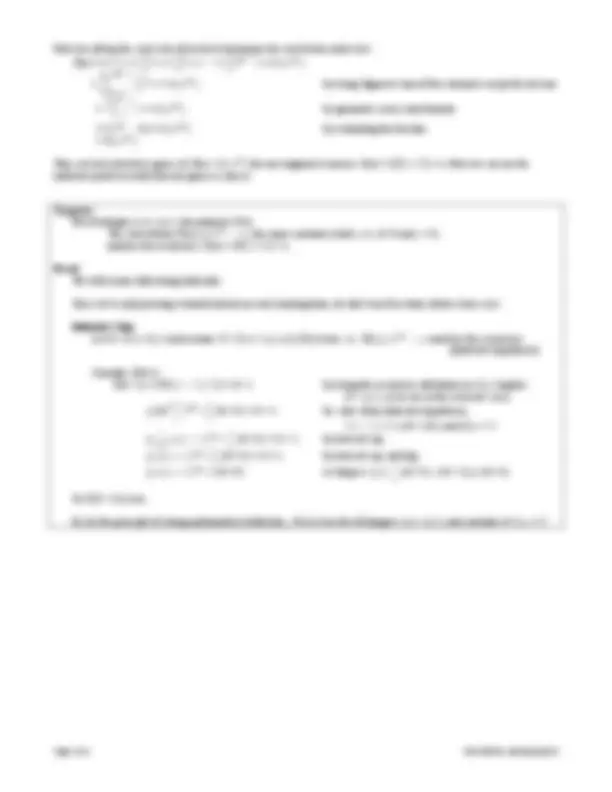
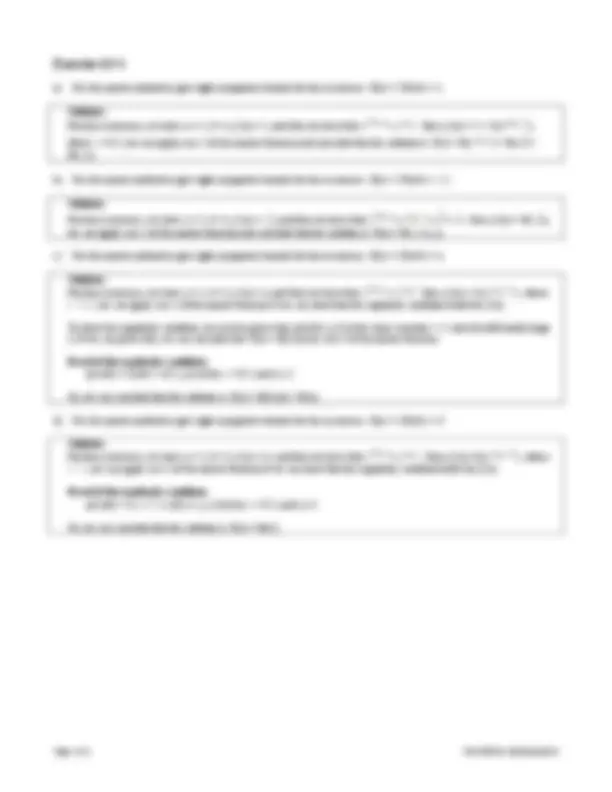
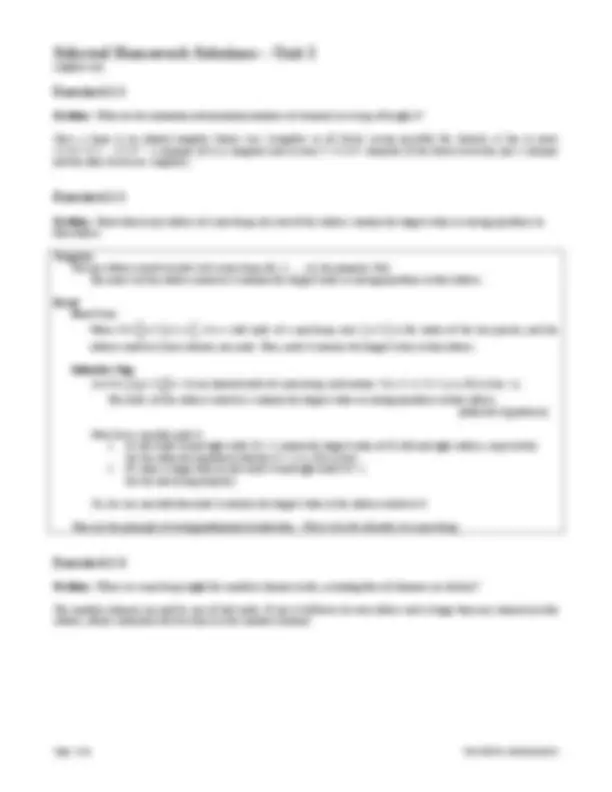
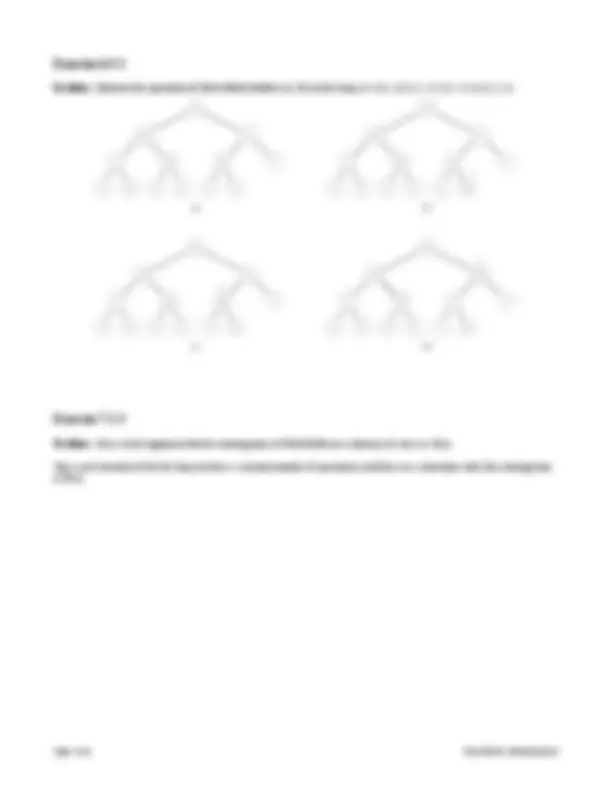
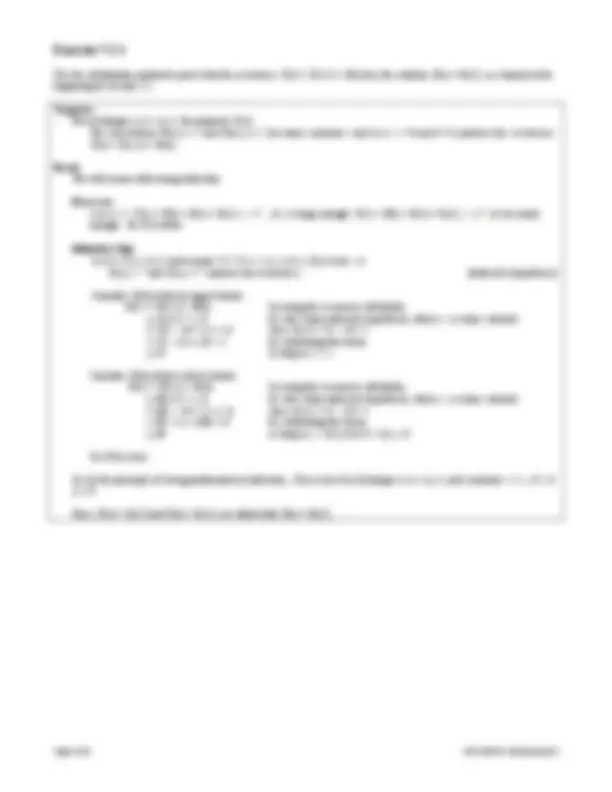


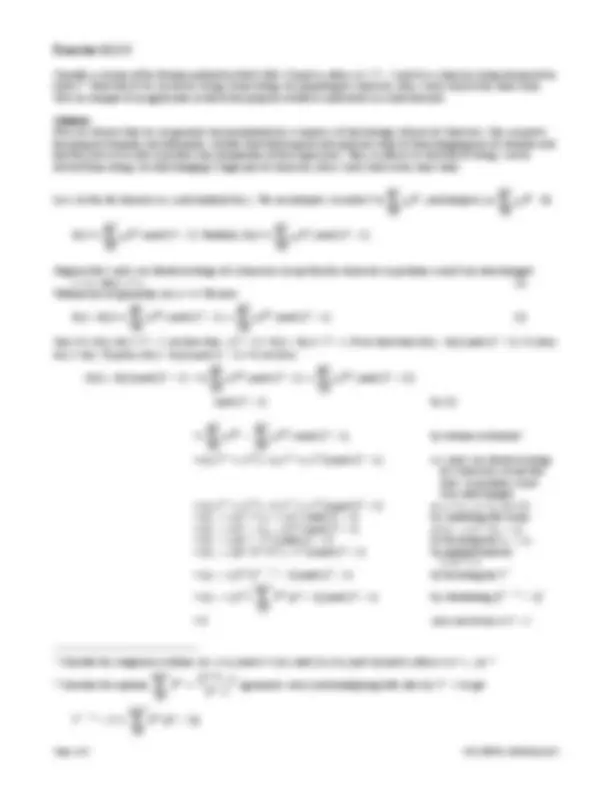
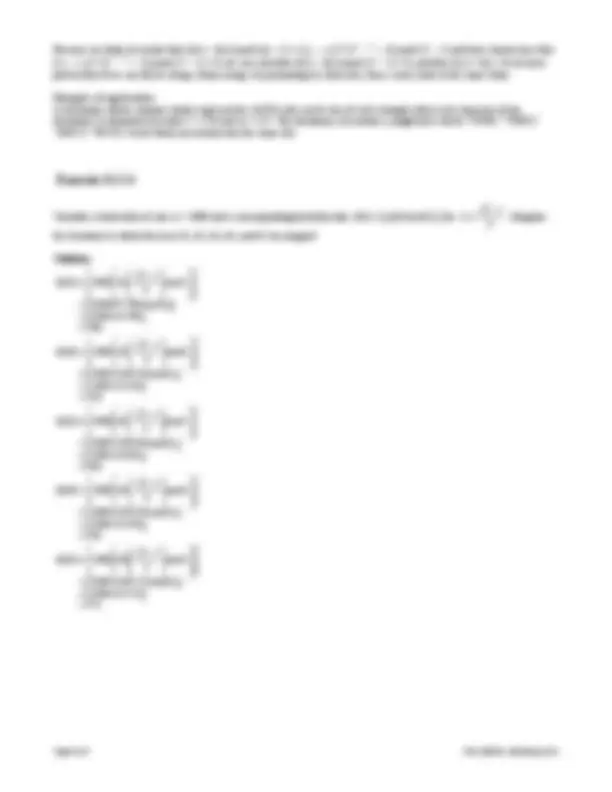
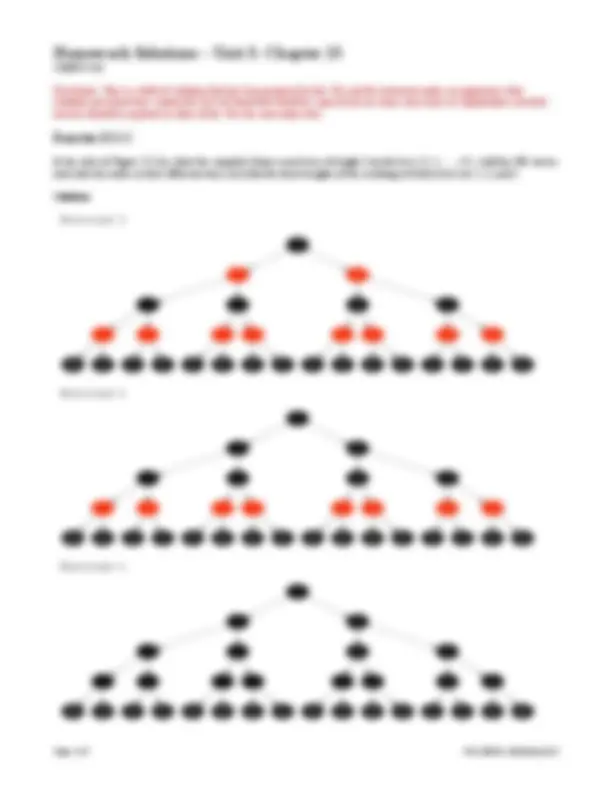
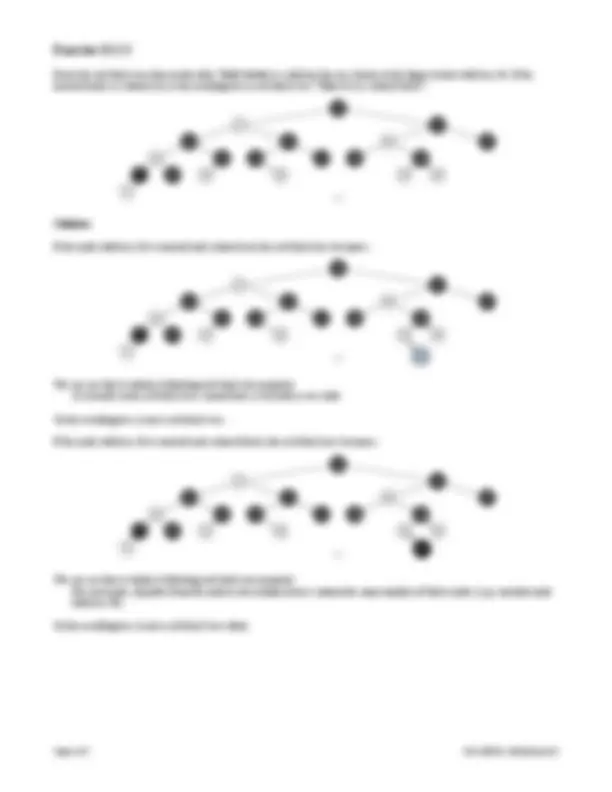
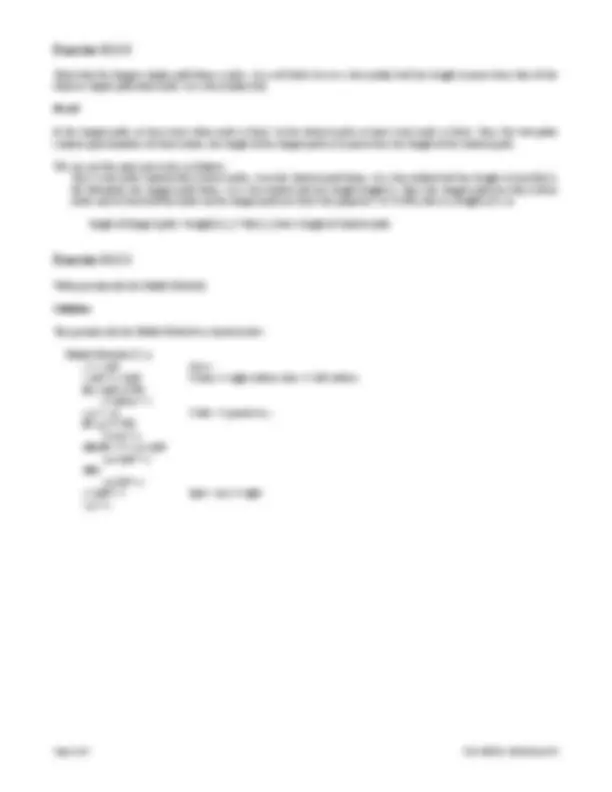

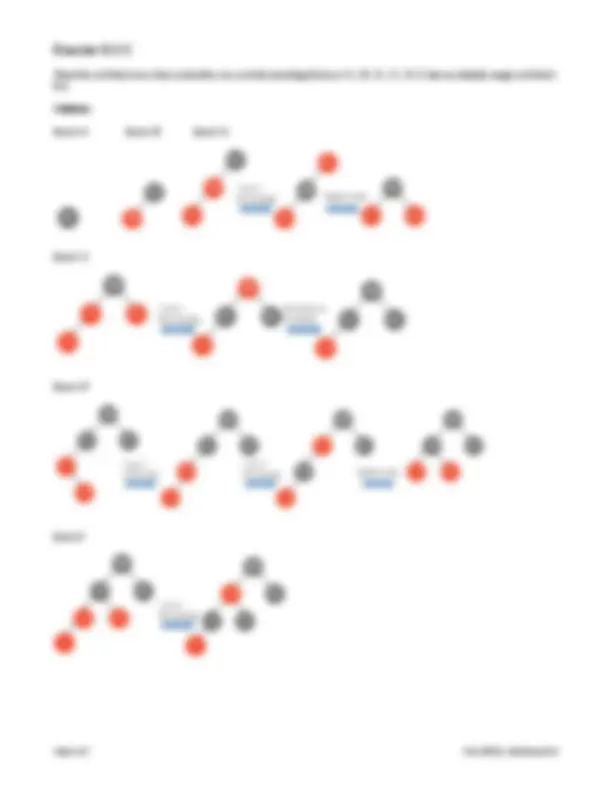
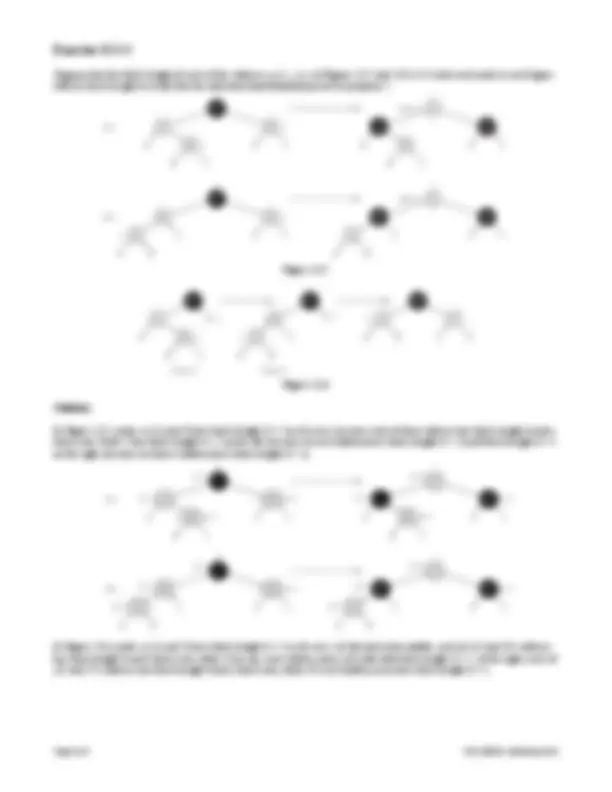


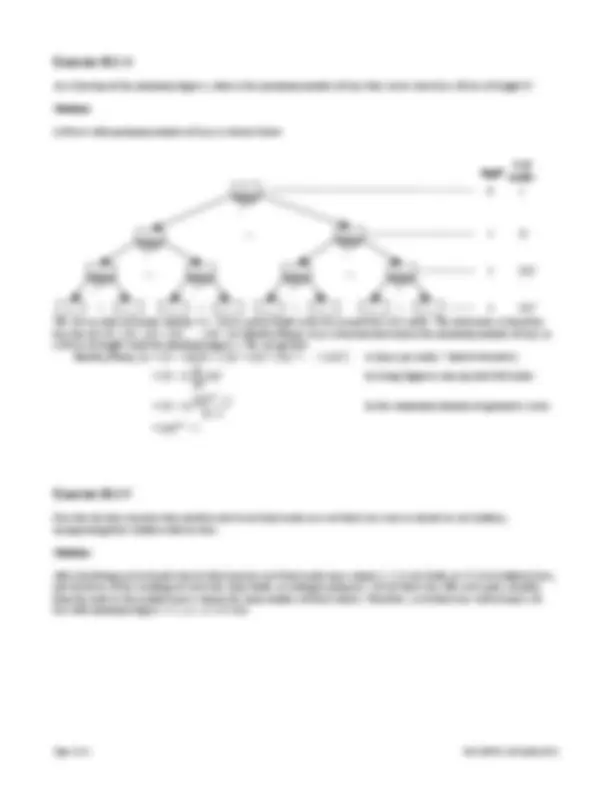
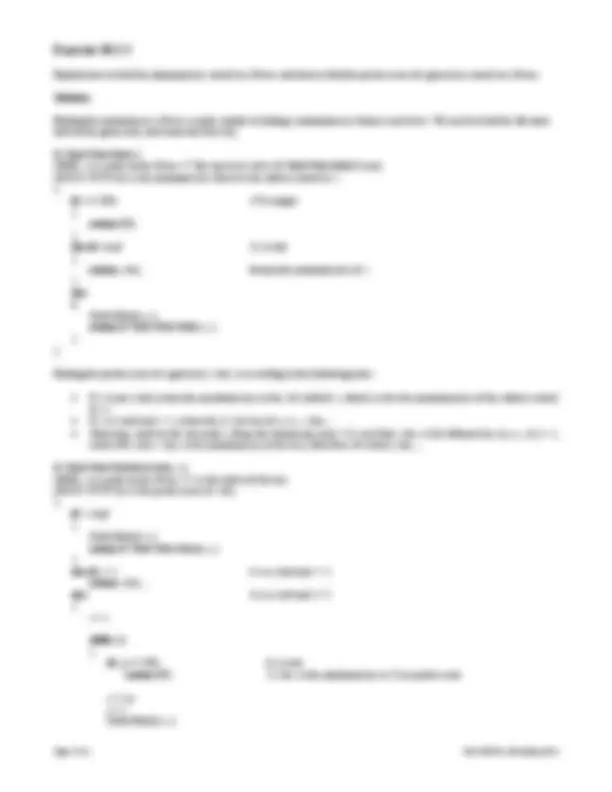
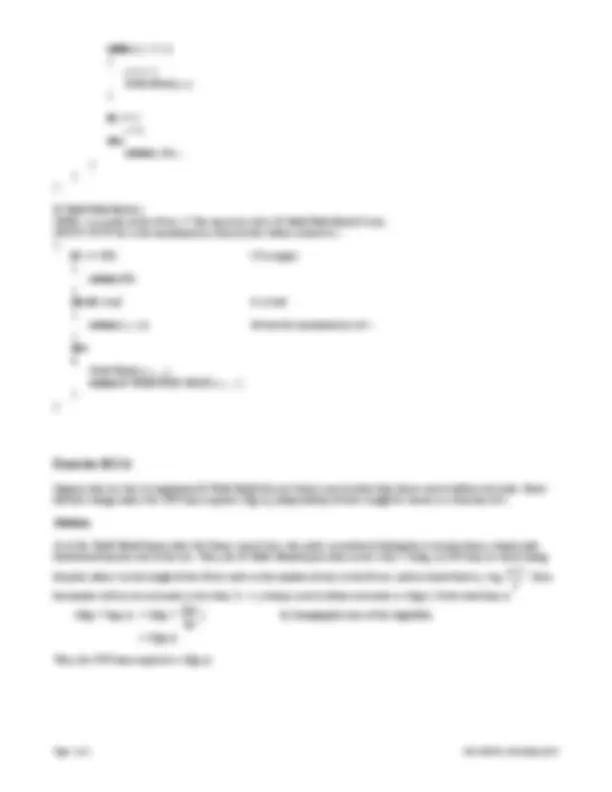

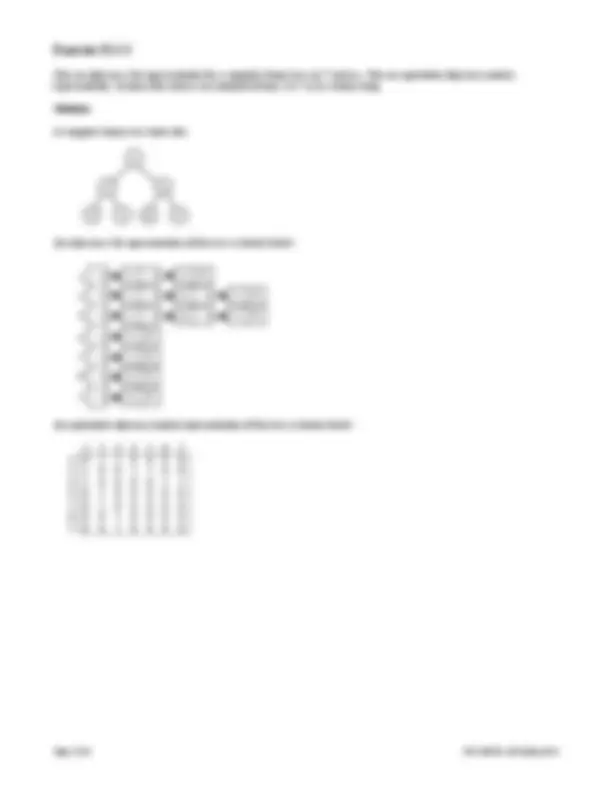
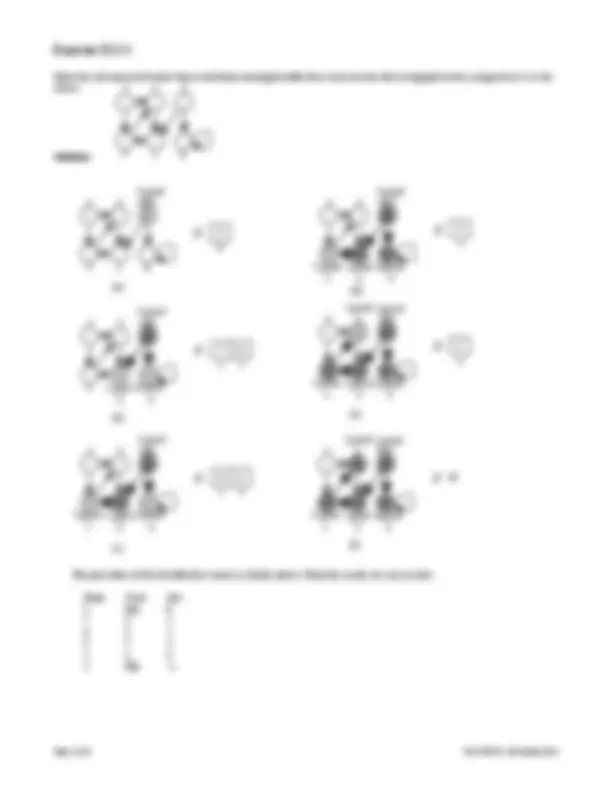
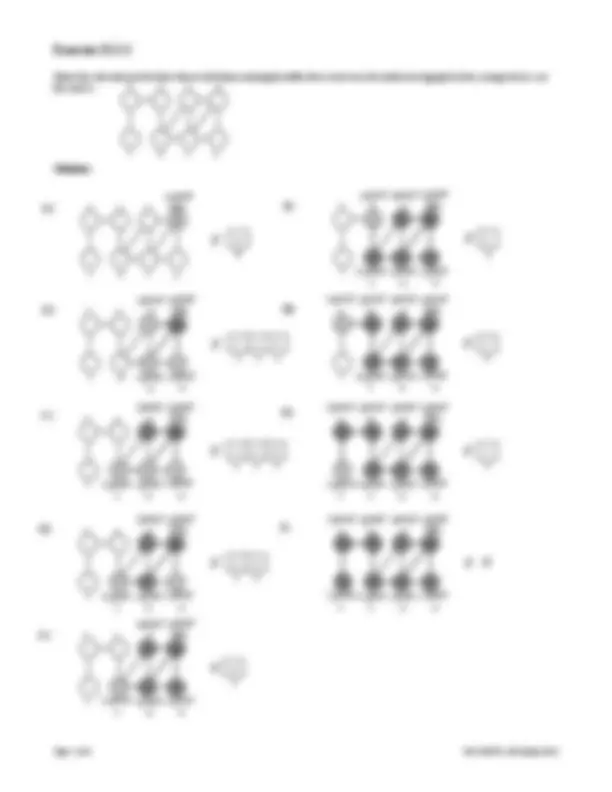
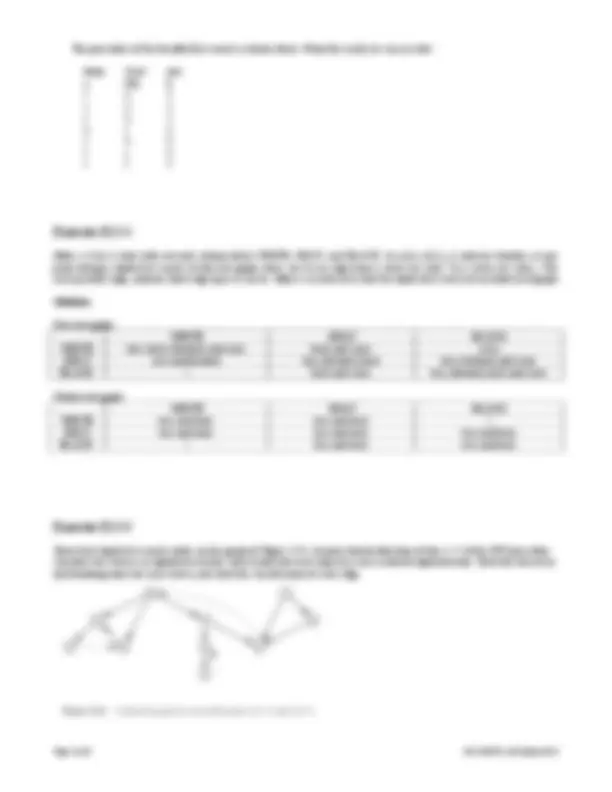

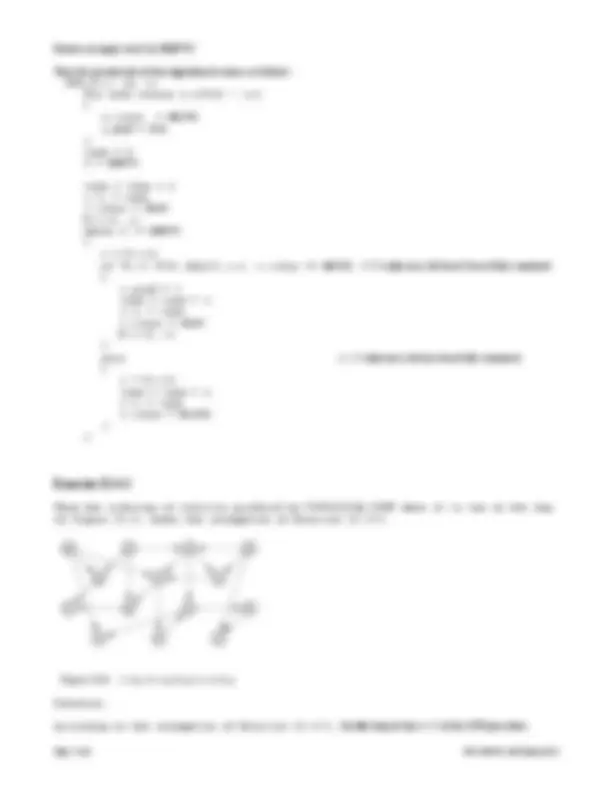

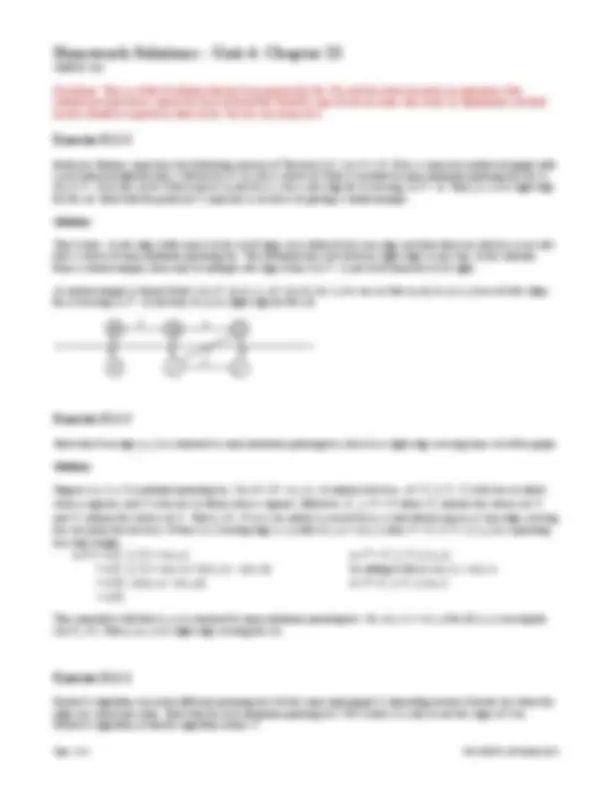
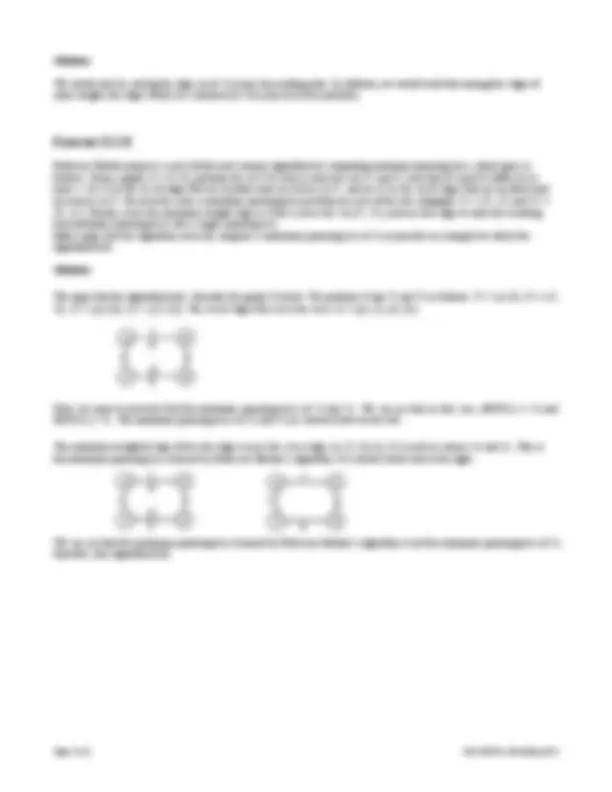
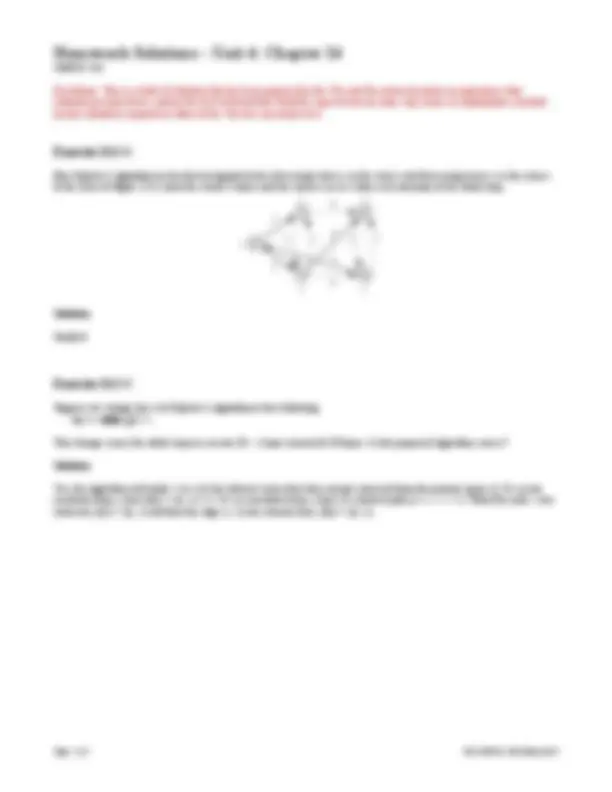
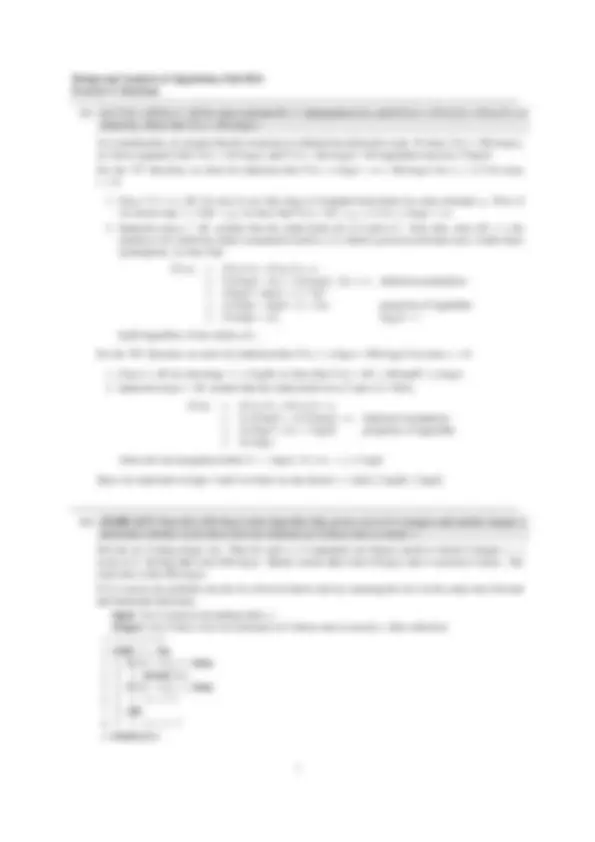
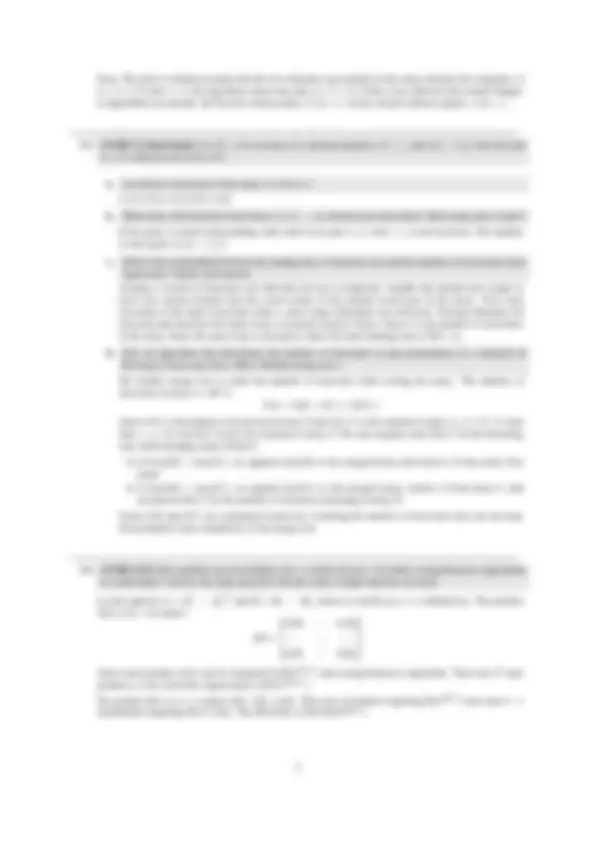


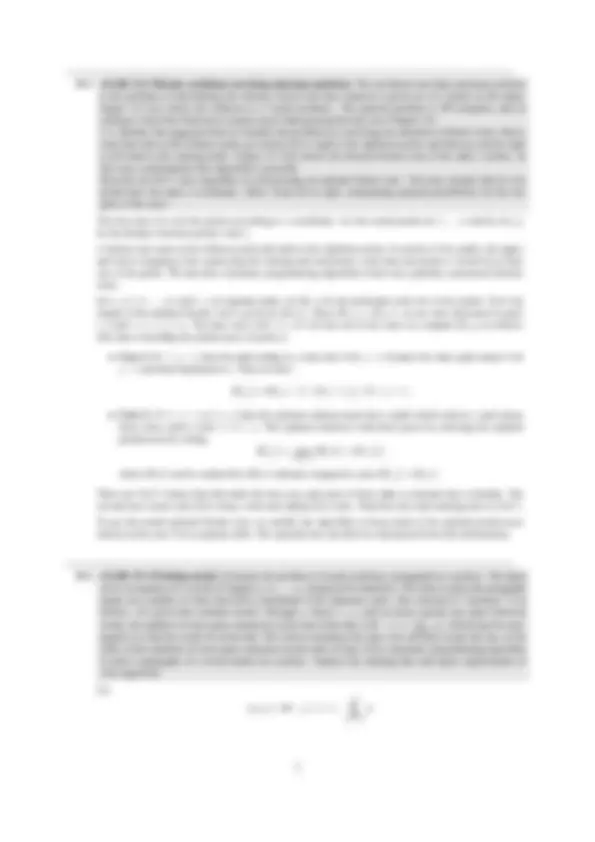

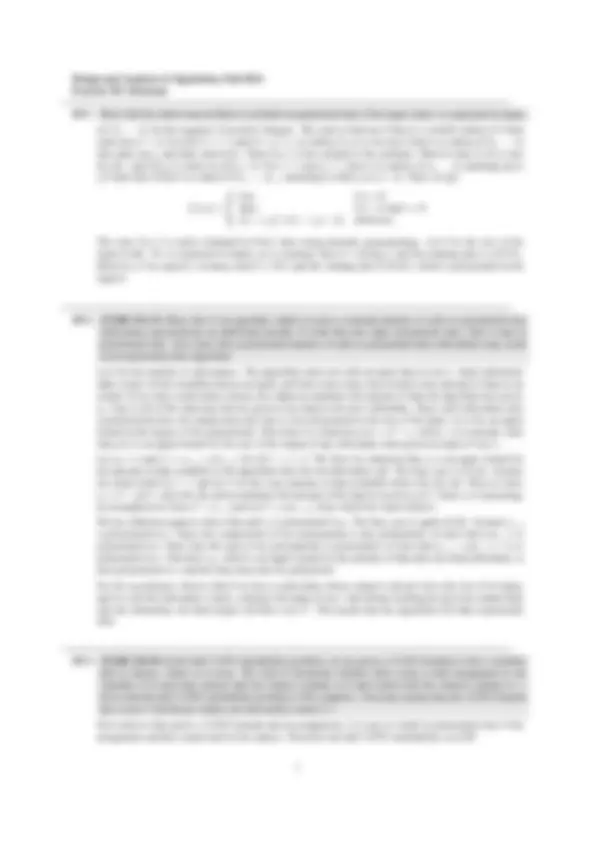

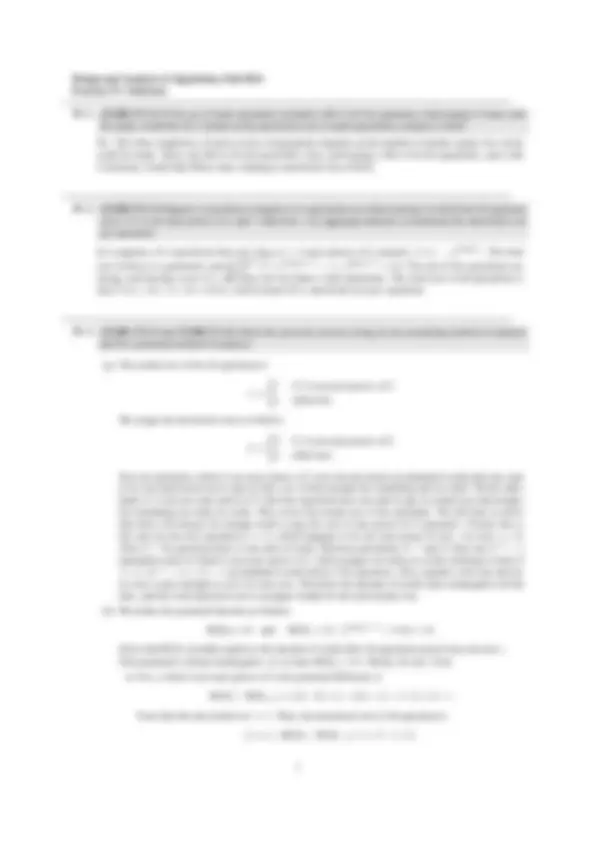
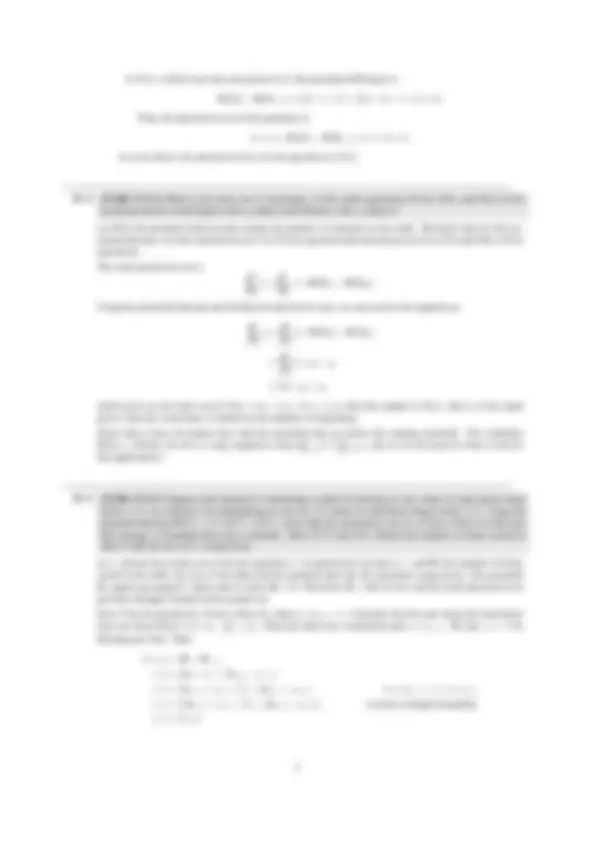
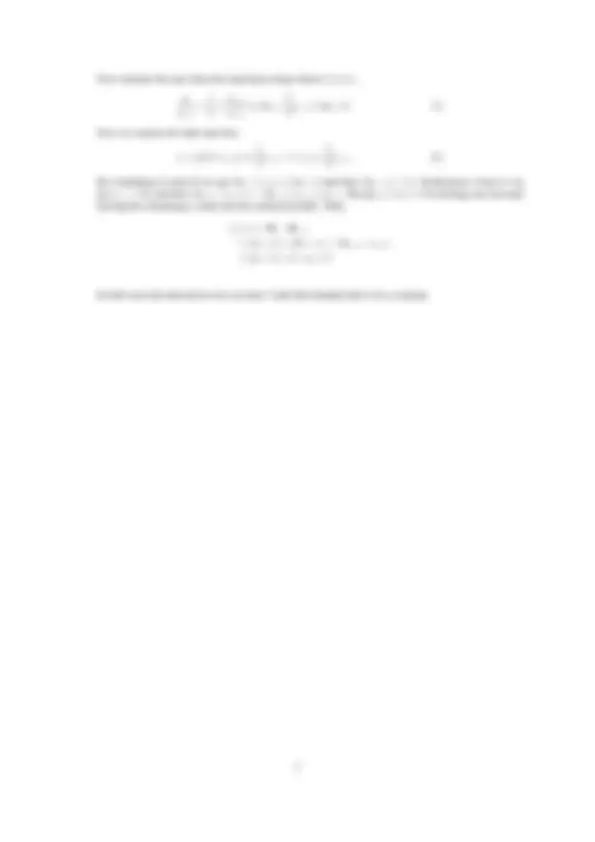

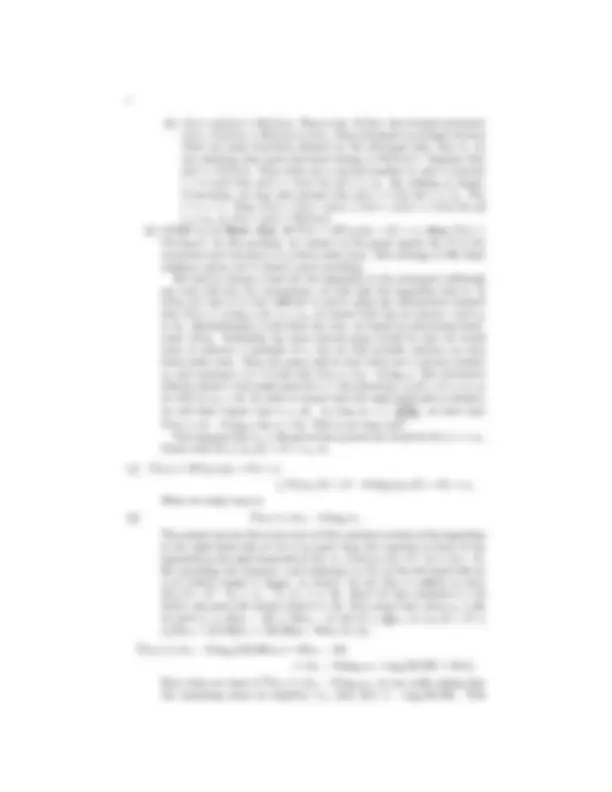
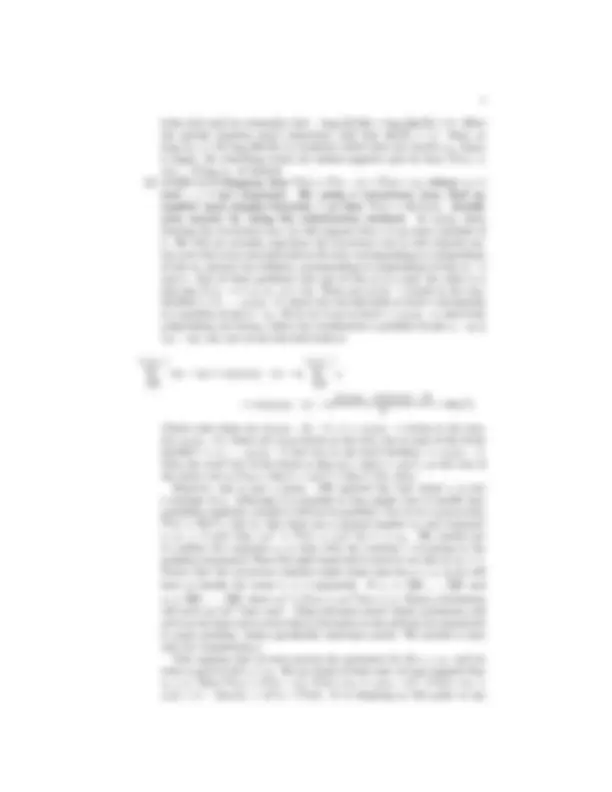
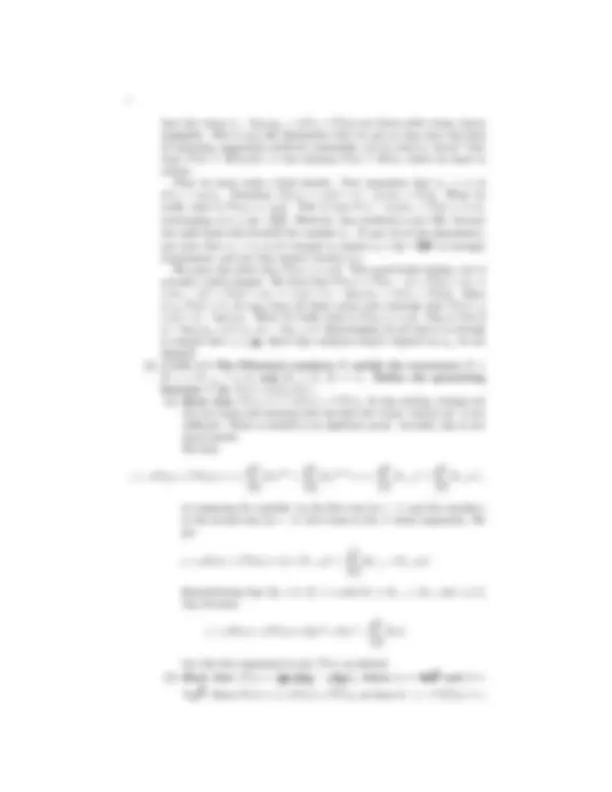
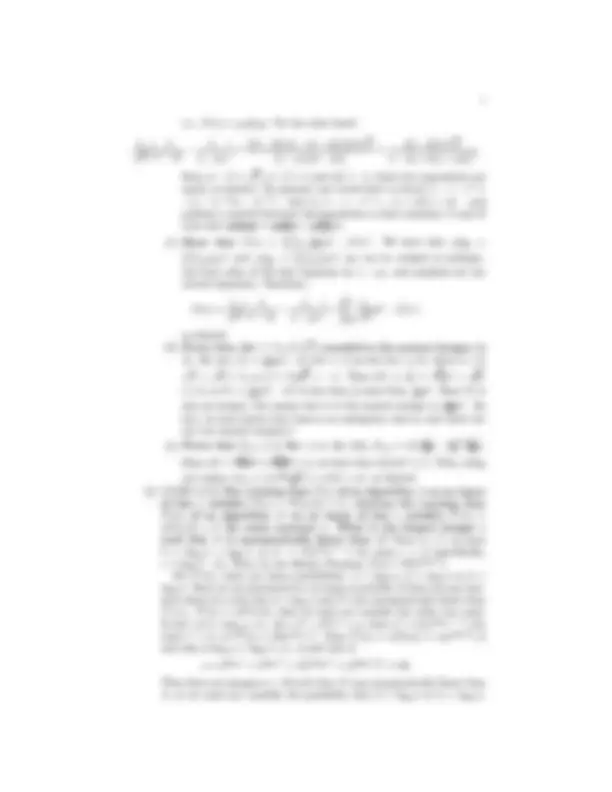







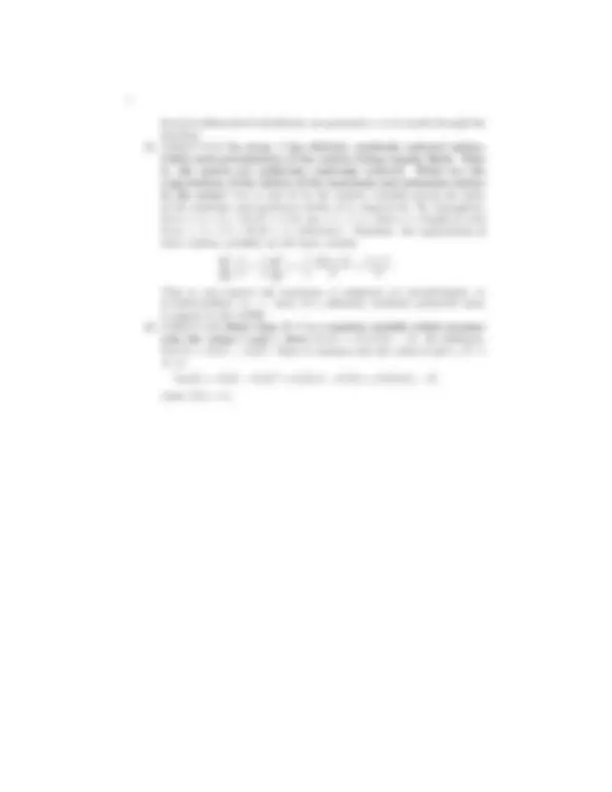



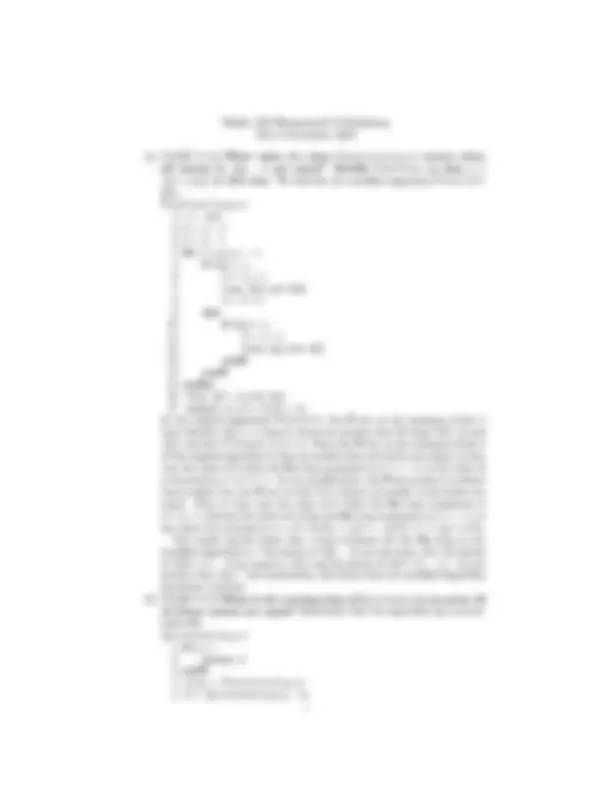

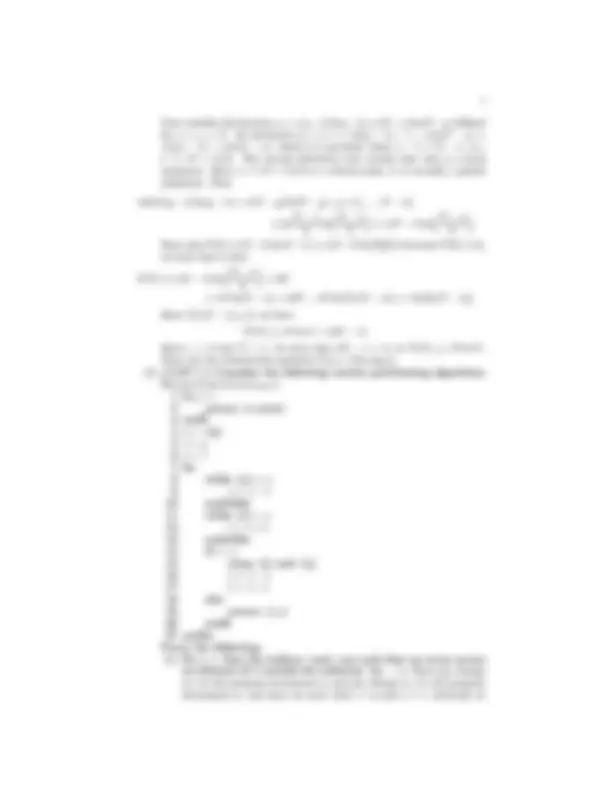




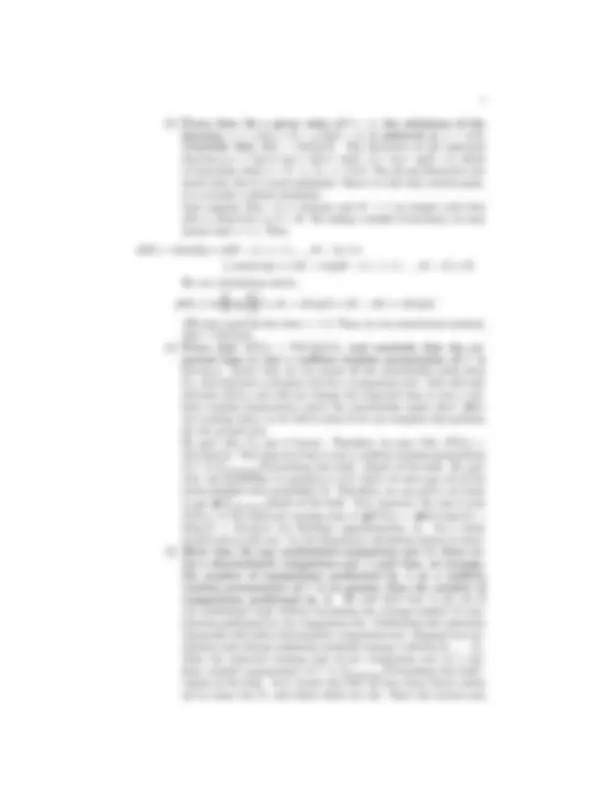
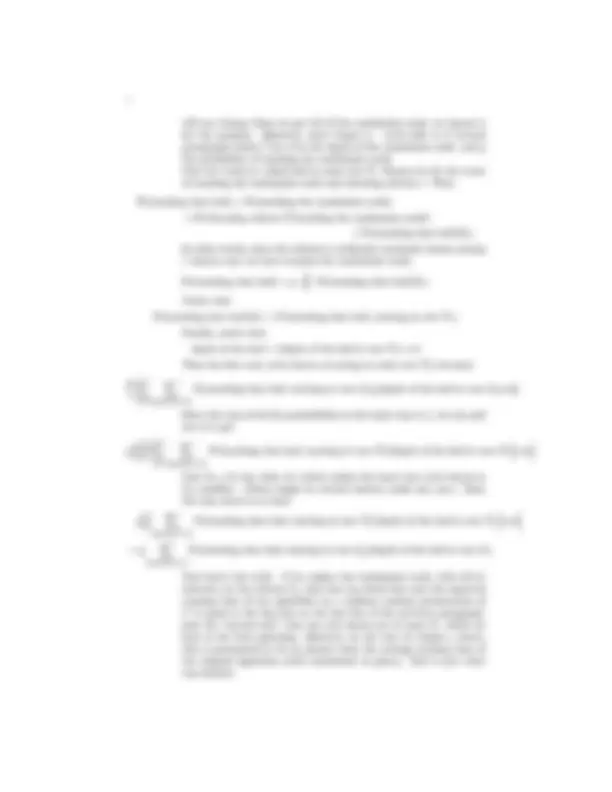

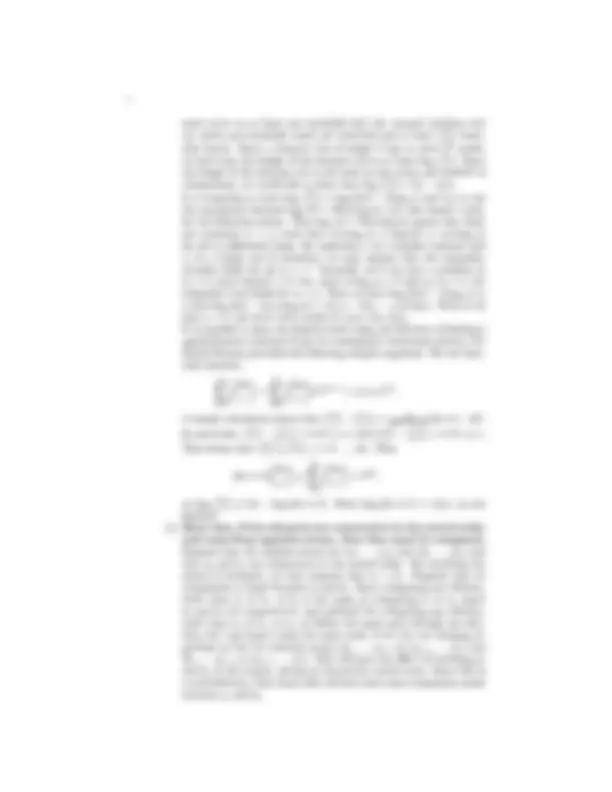
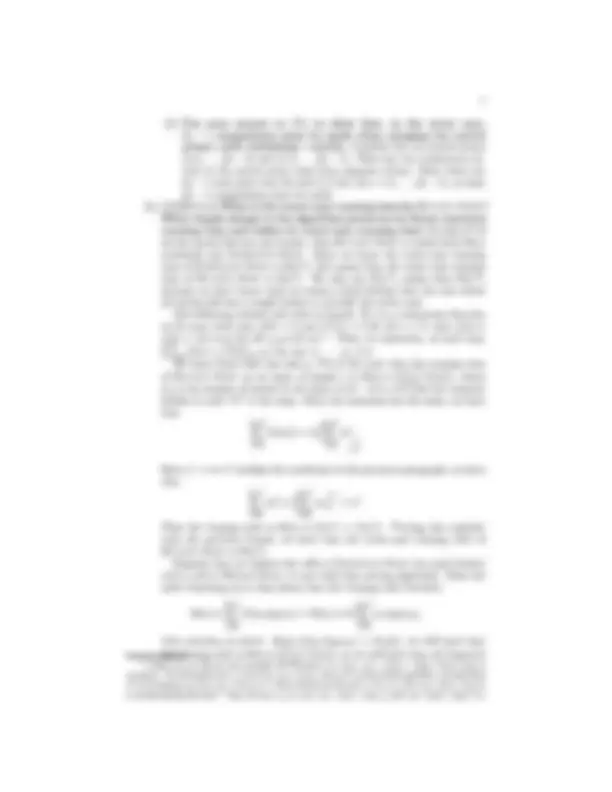
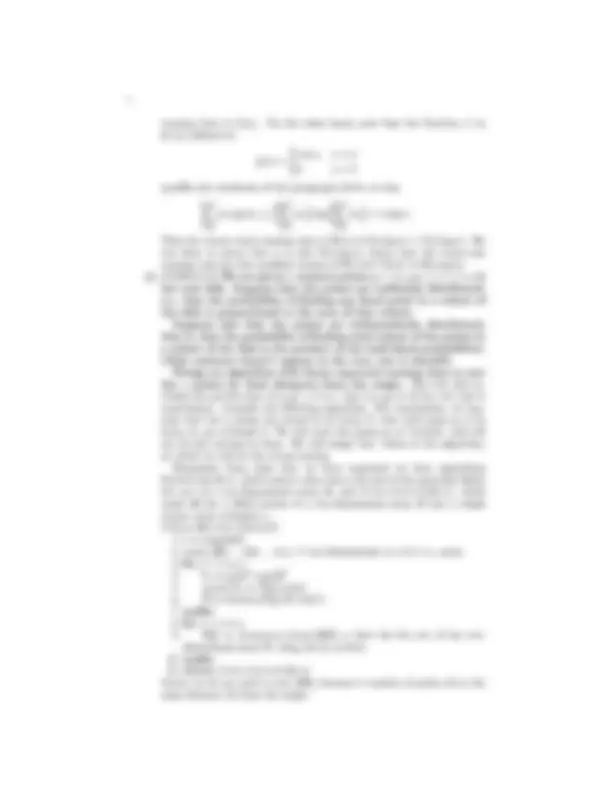
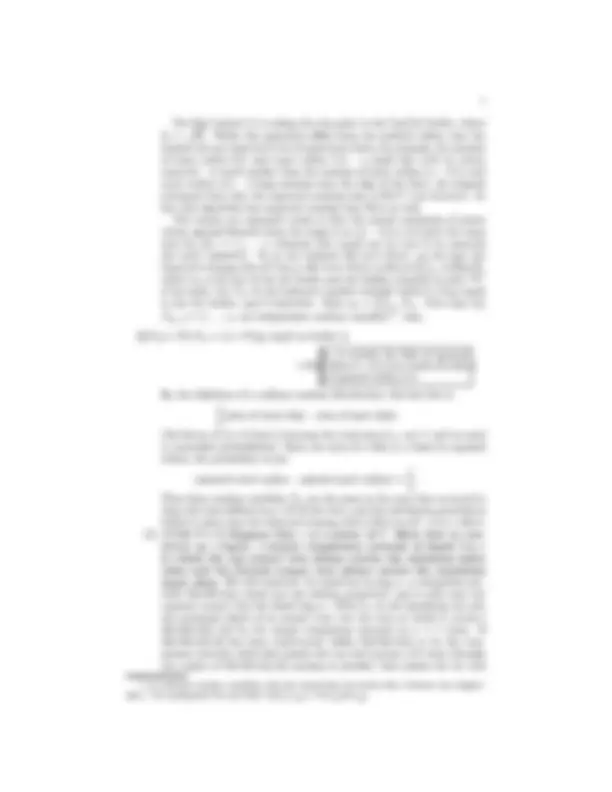
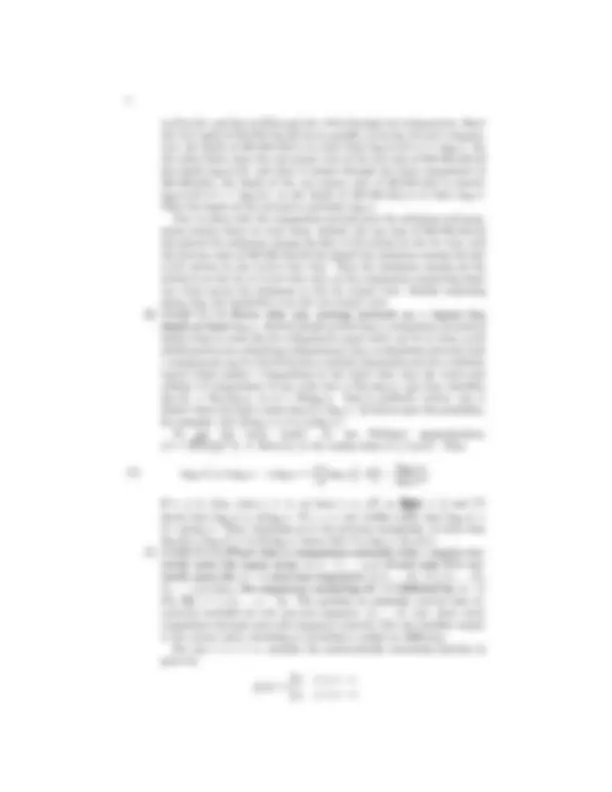

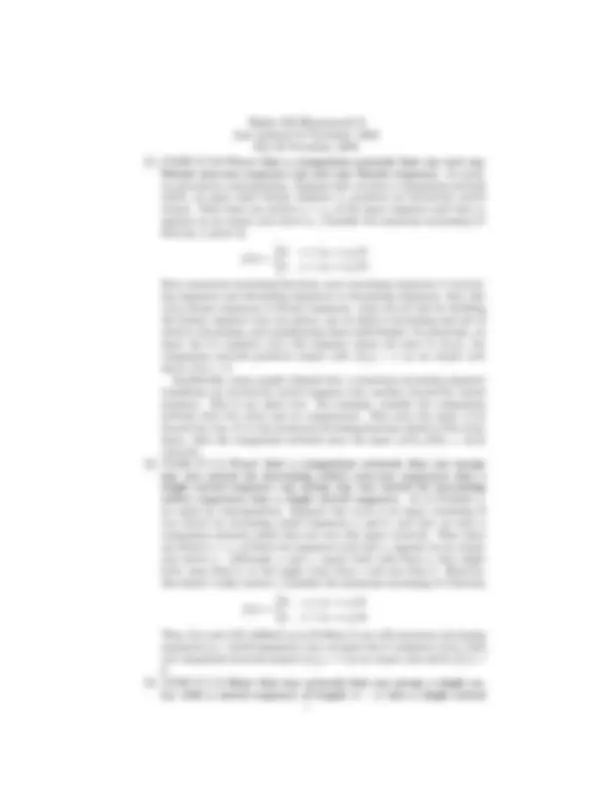
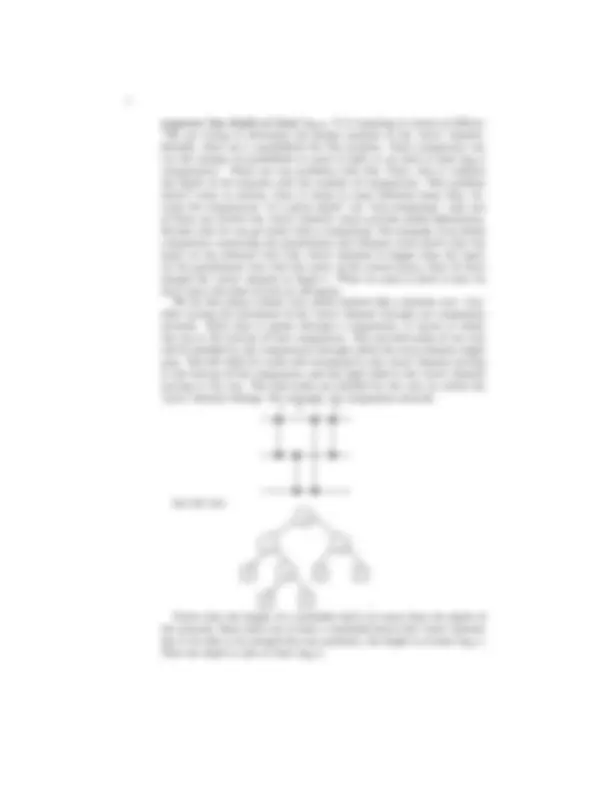
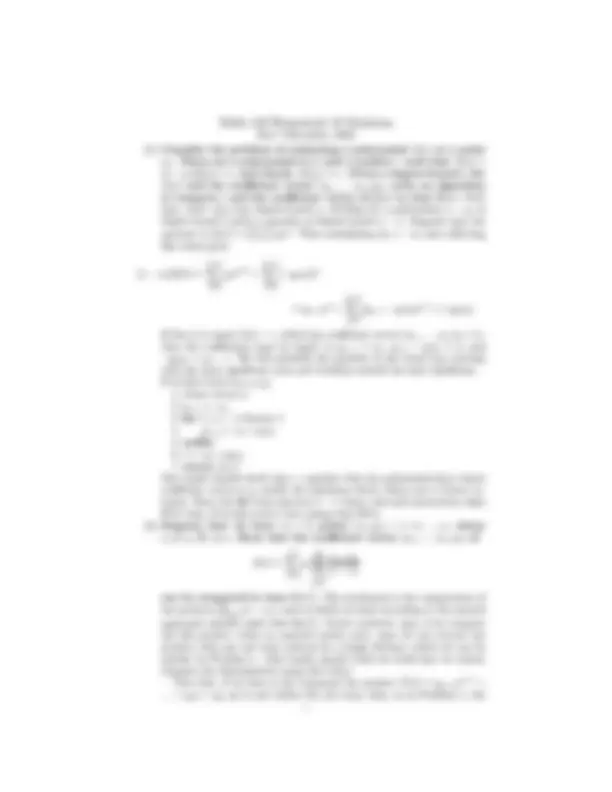
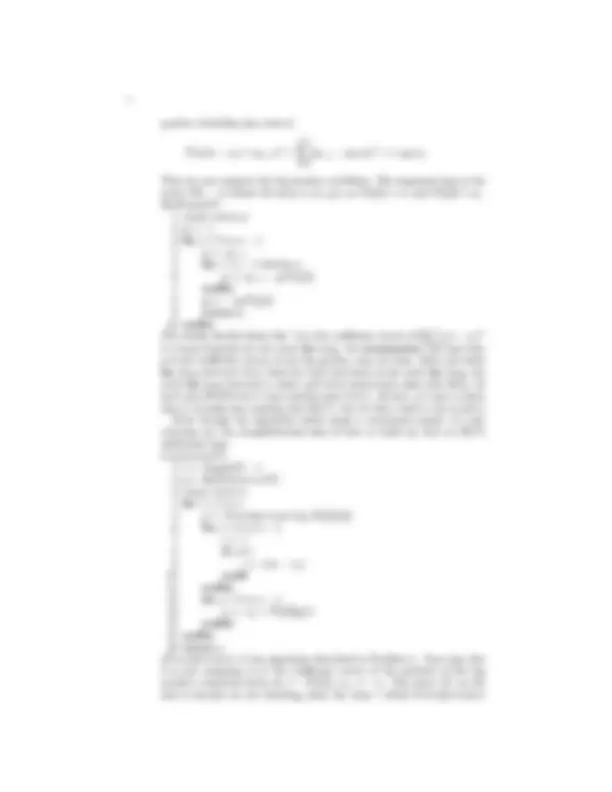

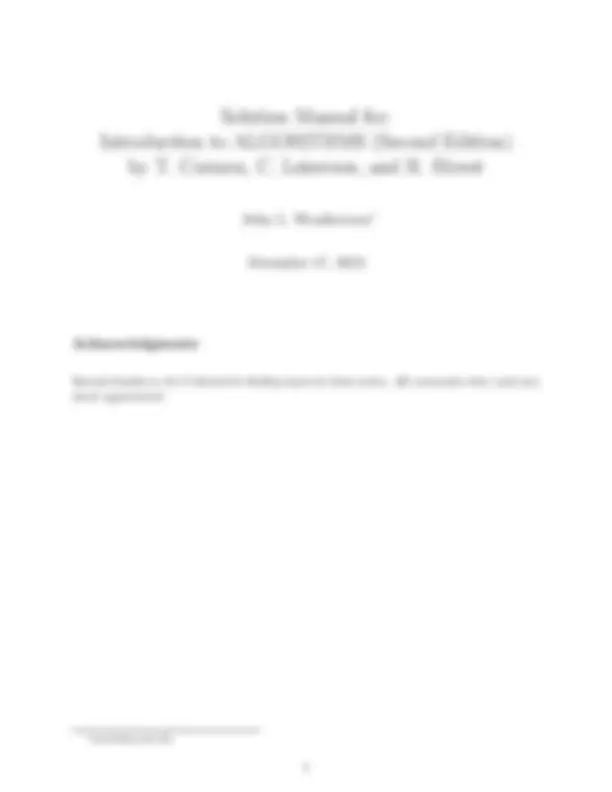


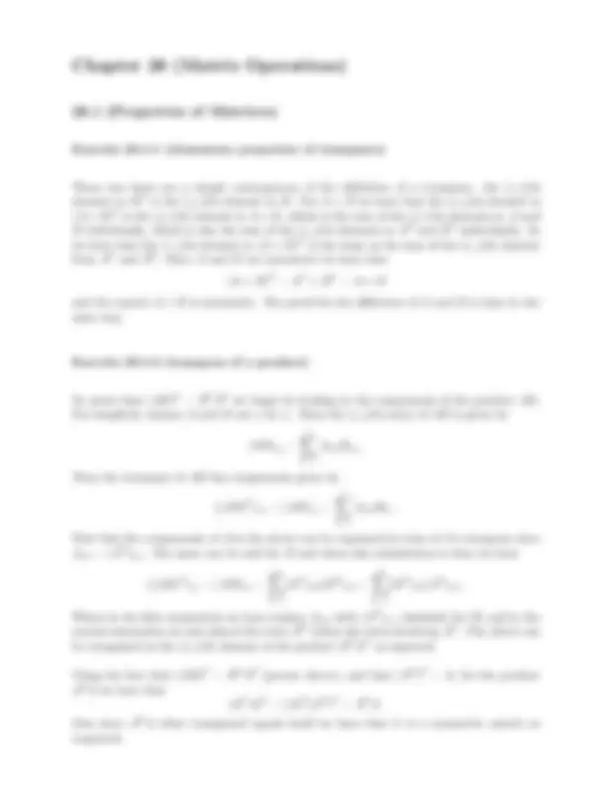
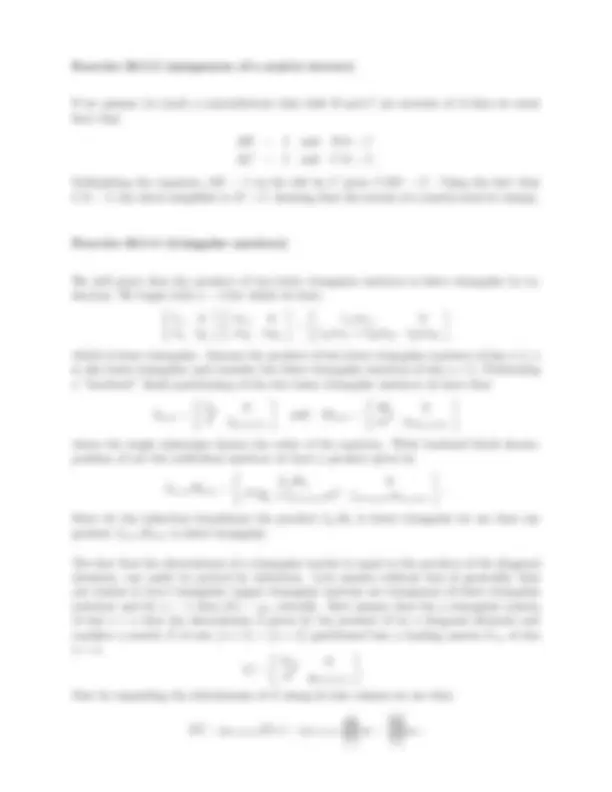
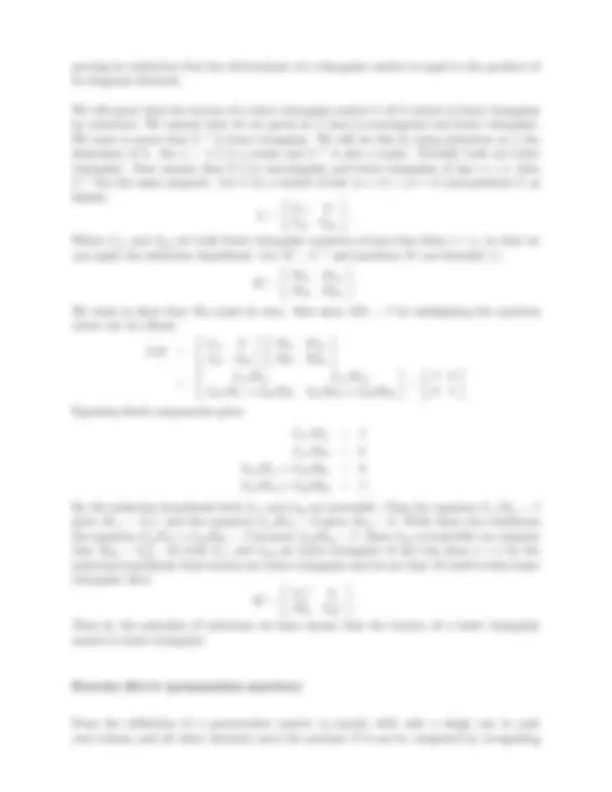
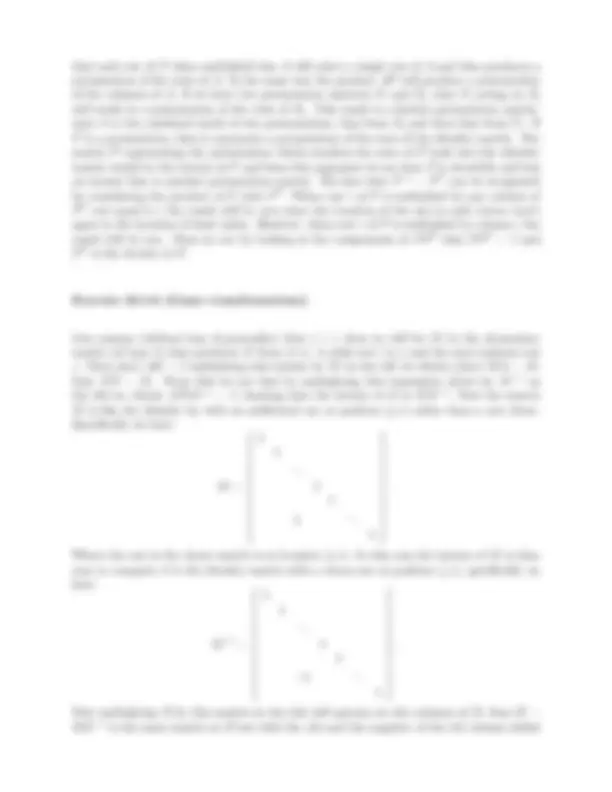
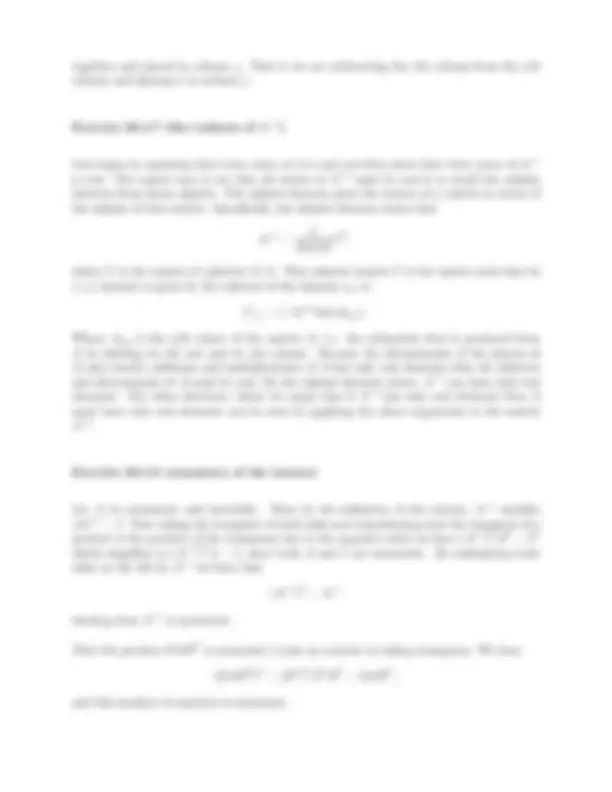
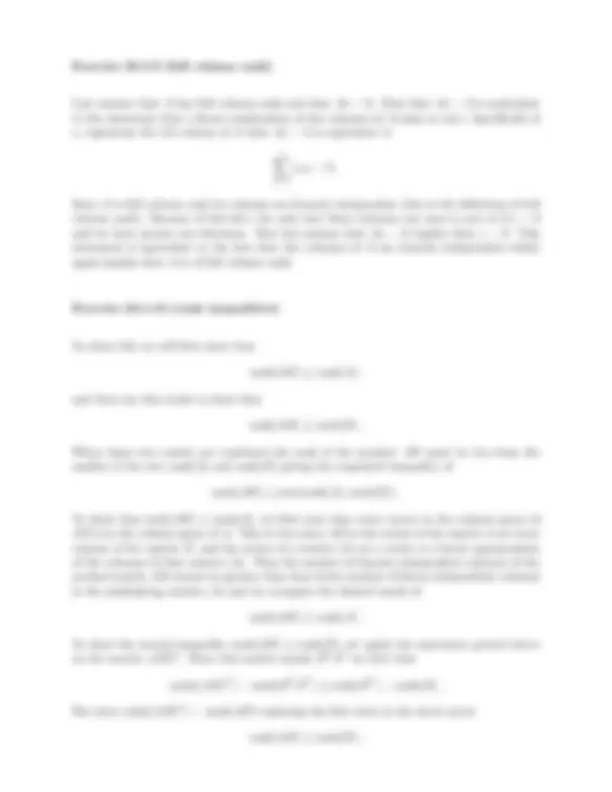
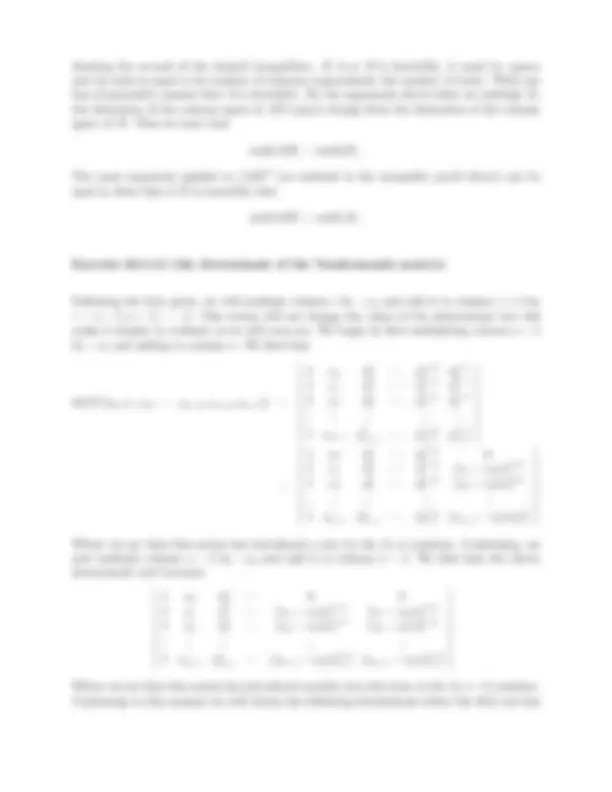
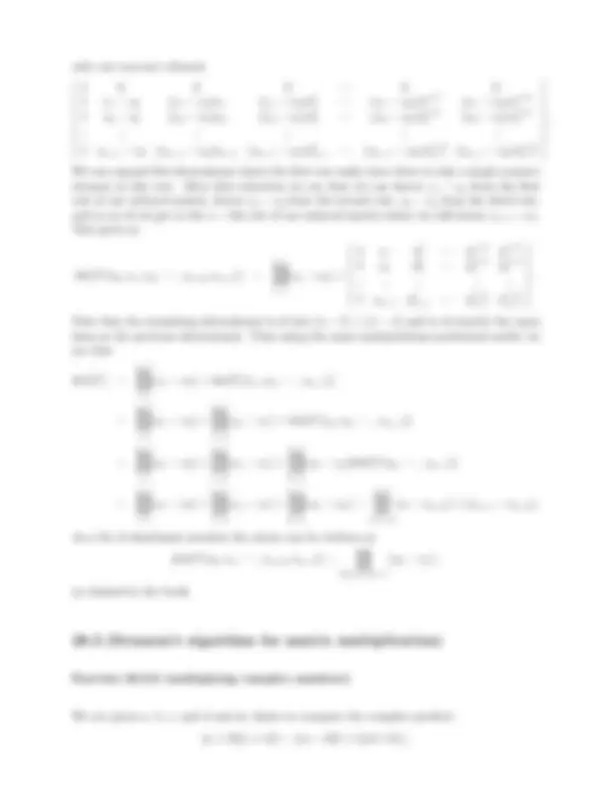
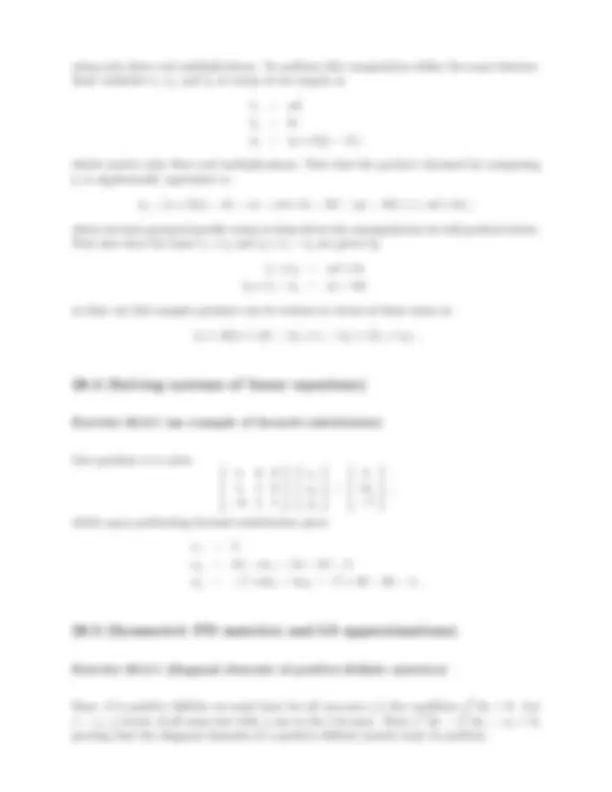
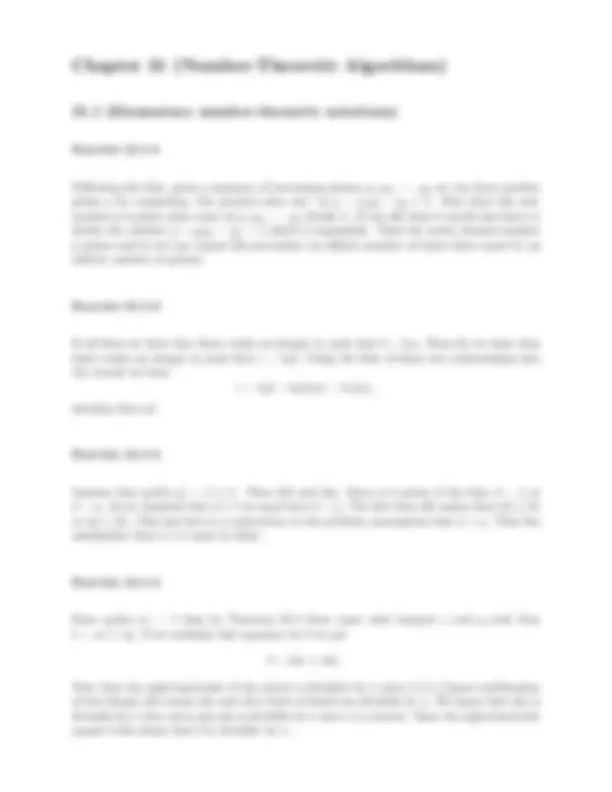


Estude fácil! Tem muito documento disponível na Docsity

Ganhe pontos ajudando outros esrudantes ou compre um plano Premium


Prepare-se para as provas
Estude fácil! Tem muito documento disponível na Docsity
Prepare-se para as provas com trabalhos de outros alunos como você, aqui na Docsity
Os melhores documentos à venda: Trabalhos de alunos formados
Prepare-se com as videoaulas e exercícios resolvidos criados a partir da grade da sua Universidade
Responda perguntas de provas passadas e avalie sua preparação.

Ganhe pontos para baixar
Ganhe pontos ajudando outros esrudantes ou compre um plano Premium
Comunidade
Peça ajuda à comunidade e tire suas dúvidas relacionadas ao estudo
Descubra as melhores universidades em seu país de acordo com os usuários da Docsity
Guias grátis
Baixe gratuitamente nossos guias de estudo, métodos para diminuir a ansiedade, dicas de TCC preparadas pelos professores da Docsity
CLRSCLRS CLRSCLRSCLRSCLRSCLRSCLRSCLRSCLRSCLRSCLRSCLRSCLRS
Tipologia: Exercícios
1 / 217

Esta página não é visível na pré-visualização
Não perca as partes importantes!





























































































Here, we work with the linear search, specified as follows:
LINEAR-SEARCH( A , v )
Input: A = < a 1 , a , …, a n
; and a value v.
Output: index i if there exists an i in 1.. n s.t. v = A [ i ]; NIL, otherwise.
We can write pseudocode as follows:
LINEAR-SEARCH( A , v )
i = 1
while i ≤ A. length and A [ i ] ≠ v // check elements of array until end or we find key
i = i + 1
if i == A.length + 1 // case that we searched to end of array, didn’t find key
return NIL
else // case that we found key
return i
Here is a loop invariant for the loop above:
At the start of the i th iteration of the while loop, A [1.. i - 1] doesn’t contain value v
Now we use the loop invariant to do a proof of correctness:
Initialization:
Before the first iteration of the loop, i = 1. The subarray A [1.. i - 1] is empty, so the loop invariant vacuously holds.
Maintenance:
For i ∈ Z s.t. 1 ≤ i ≤ A .length, consider iteration i. By the loop invariant, at the start of iteration i , A [1.. i - 1] doesn’t
contain v. The loop body is only executed when A [ i ] is not v and we have not exceeded A. length. So, when the i th
iteration ends , A [1.. i ] will not contain value v. Put differently, at the start of the ( i +1)
st iteration, A [1.. i - 1] will once again
not contain value v.
Termination:
There are two possible ways the loop terminates:
The loop invariant says A [1.. i - 1] doesn’t contain v , which is true. And, in this case, i will not reach A. length + 1,
so the algorithm returns i s.t. A [ i ] = v , which is correct.
invariant, A[1.. i - 1] is the entire array A[1.. n ], and it doesn’t contain value v , so NIL will correctly be returned by
the algorithm.
Note: Remember a few things from intro programming and from Epp:
done, so we should use an indeterminate loop structure. (If we do, the proof is cleaner.)
return or break out of a loop; proving the maintenance step becomes very tricky if you do.
The figure below illustrates the operations of the procedure bottom-up of the merge sort on the array
The algorithm consists of merging pairs of 1-item sequence to form sorted sequences of length 2, merging pairs of sequences
of length 2 to form sorted sequences of length 4, and so on, until two sequences of length n /2 are merged to form the final
sorted sequence of length n.
The recurrence is T ( n ) = 3 T ( ) + n. We use a recurrence tree to determine the asymptotic upper bound on this recurrence.
Because we know that floors and ceilings usually do not matter when solving recurrences, we create a recurrence tree for the
recurrence T ( n ) = 3 T ( n /2) + n. For convenience, we assume that n is an exact power of 2 so that all subproblem sizes are
integers.
Because subproblem sizes decrease by a factor of 2 each time when go down one level, we eventually must reach a boundary
condition T (1). To determine the depth of the tree, we find that the subproblem size for a node at depth i is n /
i
. Thus, the
subproblem size hits n = 1 when n /
i = 1 or, equivalently, when i = lg n. Thus, the tree has lg n + 1 levels (at depth 0, 1, 2, 3,
… , lg n ).
Next we determine the cost at each level of the tree. Each level has 3 times more nodes than the level above, and so the
number of nodes at depth i is 3
i
. Because subproblem sizes reduce by a factor of 2 for each level when go down from the
root, each node at depth i , for i = 0, 1, 2, 3, … , lg n – 1, has a cost of n /
i
. Multiplying, we see that the total cost over all
nodes at depth i , for i = 0, 1, 2, 3, … , lg n – 1, is 3
i
i = (3/2)
i n. The bottom level, at depth lg n , has = nodes, each
contributing cost T (1), for a total cost of T (1), which is Θ( ), since we assume that T (1) is a constant.
n
n /
n /4 n /4 n /
n /
n /4 n /4 n /
n /
n /4 n /4 n /
n
3/2 n
2 n
lg n
Total: O ( )
a) Use the master method to give tight asymptotic bounds for the recurrence T ( n ) = 2 T ( n /4) + 1.
Solution:
For this recurrence, we have a = 2, b = 4, f ( n ) = 1, and thus we have that =. Since f ( n ) = 1 = O ( ),
where = 0.2, we can apply case 1 of the master theorem and conclude that the solution is T ( n ) = Θ( ) = Θ( ) =
b) Use the master method to give tight asymptotic bounds for the recurrence T ( n ) = 2 T ( n /4) +.
Solution:
For this recurrence, we have a = 2, b = 4, f ( n ) = , and thus we have that = = =. Since f ( n ) = Θ( ),
we can apply case 2 of the master theorem and conclude that the solution is T ( n ) = Θ( ).
c) Use the master method to give tight asymptotic bounds for the recurrence T ( n ) = 2 T ( n /4) + n.
Solution:
For this recurrence, we have a = 2, b = 4, f ( n ) = n , and thus we have that =. Since f ( n ) = Ω( ) , where
, we can apply case 3 of the master theorem if we can show that the regularity condition holds for f ( n ).
To show the regularity condition, we need to prove that af ( n / b ) ≤ cf ( n ) for some constant c < 1 and all sufficiently large
n. If we can prove this, we can conclude that T ( n ) = Θ( f ( n )) by case 3 of the master theorem.
Proof of the regularity condition:
af ( n / b ) = 2( n /4) = n / 2 ≤ cf ( n ) for c = 0.7, and n ≥ 2.
So, we can conclude that the solution is T ( n ) = Θ( f ( n )) = Θ( n ).
d) Use the master method to give tight asymptotic bounds for the recurrence T ( n ) = 2 T ( n /4) + n
2 .
Solution:
For this recurrence, we have a = 2, b = 4, f ( n ) = n
2 , and thus we have that =. Since f ( n ) =Ω( ) , where
, we can apply case 3 of the master theorem if we can show that the regularity condition holds for f ( n ).
Proof of the regularity condition:
af ( n / b ) = 2 = (1/8) n
2 ≤ c f ( n ) for c = 0.5, and n ≥ 4.
So, we can conclude that the solution is T ( n ) = Θ( n
2 ).
Problem: What are the minimum and maximum numbers of elements in a heap of height h?
Since a heap is an almost-complete binary tree (complete at all levels except possibly the lowest), it has at most
2
3 +…+
h = 2
h +
h
h elements (if the lowest level has just 1 element
and the other levels are complete).
Problem: Show that in any subtree of a max-heap, the root of the subtree contains the largest value occurring anywhere in
that subtree.
To prove:
For any subtree rooted at node k of a max-heap A [1, 2, ... , n ], the property P ( k ):
The node k of the subtree rooted at k contains the largest value occurring anywhere in that subtree.
Proof :
Base Case:
When k ⎢ n / 2 ⎣
, k is a leaf node of a max-heap since ⎢ n / 2 ⎣
is the index of the last parent, and the
subtree rooted at k just contains one node. Thus, node k contains the largest value in that subtree.
Inductive Step :
Let k s.t. k is an internal node of a max-heap, and assume s.t. k < i ≤ n , P ( i ) is true. i.e.
The node i of the subtree rooted at i contains the largest value occurring anywhere in that subtree.
[inductive hypothesis]
Now let us consider node k :
(by the inductive hypothesis that for k < i ≤ n , P ( i ) is true)
(by the max-heap property)
So, we can conclude that node k contains the largest value in the subtree rooted at k.
Thus, by the principle of strong mathematical induction, P ( k ) is true for all nodes in a max-heap.
Problem: Where in a max-heap might the smallest element reside, assuming that all elements are distinct?
The smallest element can only be one of leaf nodes. If not, it will have its own subtree and is larger than any element on that
subtree, which contradicts the fact that it is the smallest element.
Problem: What is the running time of HEAPSORT on an array A of length n that is already sorted in increasing order? What
about decreasing order?
The running time of HEAPSORT on an array of length that is already sorted in increasing order is Θ( n lg n ), because even
though it is already sorted, it will be transformed back into a heap and sorted.
The running time of HEAPSORT on an array of length that is sorted in decreasing order will be Θ( n lg n ). This occurs because
even though the heap will be built in linear time, every time the element is removed and HEAPIFY is called, it could cover the
full height of the tree.
Problem: Illustrate the operation of HEAP-EXTRACT-MAX on the heap A = <15, 13, 9, 5, 12, 8, 7, 4, 0, 6, 2, 1>.
Problem: Illustrate the operation of MAX-HEAP-INSERT ( A , 10) on the heap A = (15, 13, 9, 5, 12, 8, 7, 4, 0, 6, 2, 1).
Problem: Give a brief argument that the running time of PARTITION on a subarray of size n is Θ( n ).
Since each iteration of the for loop involves a constant number of operations and there are n iterations total, the running time
is Θ( n ).
Problem: Banks often record transactions on an account in order of the times of the transaction, but many people like to
receive their bank statements with checks listed in order by check number. People usually write checks in order by check
number, and merchants usually cash them with reasonable dispatch. The problem of converting time-of-transaction ordering
is therefore the problem of sorting almost-sorted input. Argue that the procedure INSERTION-SORT would tend to beat the
procedure QUICKSORT on this problem.
INSERTION-SORT’s running time on perfectly-sorted input runs in Θ( n ) time. So, it takes almost Θ( n ) running time to sort an
almost-sorted input with INSERTION-SORT. However, QUICKSORT requires almost Θ( n
2 ) running time, recalling that it takes
Θ( n
2 ) time to sort perfectly-sorted input. This is because when we pick the last element as the pivot, it is usually the biggest
one, and it will produce one subproblem with close to n – 1 elements and one with 0 elements. Since the cost of PARTITION
procedure of QUICKSORT is Θ( n ), the recurrence running time of QUICKSORT is T ( n ) = T ( n – 1) +Θ( n ). In another problem,
we, use the substitution method to prove that the recurrence T ( n ) = T ( n – 1) +Θ( n ) has the solution T ( n ) = Θ( n
2 ). So we
use INSERTION-SORT rather than QUICKSORT in this situation when the input is almost sorted.
Problem: Explain why the worst-case running time for bucket sort is Θ( n
2 ). What simple change to the algorithm preserve its
linear average-case running time and makes its worst-case running time O ( n lg n )?
The worst case for bucket sort occurs when the all inputs fall into a single bucket, for example. Since we use INSERTION-
SORT for sorting buckets and INSERTION-SORT has a worst case of Θ( n
2 ), the worst case run time for bucket sort is Θ( n
2 ).
By using an algorithm like MERGE-SORT with worst case run time time of O ( n lg n ) instead of INSERTION-SORT for sorting
buckets, we can ensure that the worst case of bucket sort is O ( n lg n ) without affecting the average case running time.
Problem: Let X be a random variable that is equal to the number of heads in two flips of a fair coin. What is E[ X
2 ]? What is
2 [ X ]?
2 ] = 1
2
2
2 [ X ] = E[ X ] * E[ X ] as the two flips are independent
= 1/2 * 1/2 as E[ X ] = 1/
CMPSC 465 Spring 2013
Suppose that a dynamic set S is represented by a direct-address table T of length m. Describe a procedure that finds the
maximum element of S. What is the worst-case performance of your procedure?
Solution :
We can do a linear search to find the maximum element in S as follows:
Pre-condition: table T is not empty; m Z
, m ≥ 1.
Post-condition: FCTVAL == maximum value of dynamic set stored in T.
FindMax ( T , m )
max = −∞
for i = 1 to m
if T [ i ] != NIL && max < T [ i ]
max = T [ i ]
return max
In the worst-case searching the entire table is needed. Thus the procedure must take O ( m ) time.
Professor Marley hypothesizes that he can obtain substantial performance gains by modifying the chaining scheme to keep
each list in sorted order. How does the professor’s modification affect the running time for successful searches, unsuccessful
searches, insertions, and deletions?
Solution:
Successful searches: Θ(1 + α), which is identical to the original running time. The element we search for is equally likely
to be any of the elements in the hash table, and the proof of the running time for successful searches is similar to what
we did in the lecture.
Unsuccessful searches: 1/2 of the original running time, but still Θ(1 + α), if we simply assume that the probability that
one element's value falls between two consecutive elements in the hash slot is uniformly distributed. This is because the
value of the element we search for is equally likely to fall between any consecutive elements in the hash slot, and once
we find a larger value, we can stop searching. Thus, the running time for unsuccessful searches is a half of the original
running time. Its proof is similar to what we did in the lecture.
Insertions: Θ(1 + α), compared to the original running time of Θ(1). This is because we need to find the right location
instead of the head to insert the element so that the list remains sorted. The operation of insertions is similar to the
operation of unsuccessful searches in this case.
Deletions: Θ(1 + α), same as successful searches.
Consider a version of the division method in which h ( k ) = k mod m , where m = 2
p
radix 2
p
. Show that if we can derive string x from string y by permuting its characters, then x and y hash to the same value.
Give an example of an application in which this property would be undesirable in a hash function.
Solution:
First, we observe that we can generate any permutation by a sequence of interchanges of pairs of characters. One can prove
this property formally, but informally, consider that both heapsort and quicksort work by interchanging pairs of elements and
that they have to be able to produce any permutation of their input array. Thus, it suffices to show that if string x can be
derived from string y by interchanging a single pair of characters, then x and y hash to the same value.
Let x i be the i th character in x , and similarly for y i
. We can interpret x in radix 2
p as , and interpret y as. So
h ( x ) = ( ) mod (
p
p
Suppose that x and y are identical strings of n characters except that the characters in positions a and b are interchanged:
xa = yb and ya = xb. (1)
Without loss of generality, let a > b. We have:
h ( x ) – h ( y ) = ( ) mod (
p
p
Since 0 ≤ h ( x ), h ( y ) < 2
p
p
p
p − 1 ) = 0, then
h ( x ) = h ( y ). To prove ( h ( x ) – h ( y )) mod (
p − 1) = 0, we have:
( h ( x ) – h ( y )) mod ( 2
p − 1) = (( ) mod (
p
p
mod ( 2
p
= ( – ) mod (
p
1
= (( xa 2
ap
bp ) – ( ya 2
ap
bp )) mod (
p
of n characters except that
chars. in positions a and
b are interchanged
= (( xa 2
ap
bp ) – ( xb 2
ap
bp )) mod (
p
= (( x a
ap
bp ) mod (
p
= (( xa – xb )
ap
bp ) mod (
p
= (( x a
ap
bp )) mod (
p
= (( xa – xb )(
ap ( 2
bp / 2
bp ) – 2
bp )) mod (
p
bp / 2
bp = 1
= (( xa – xb )
bp (
( a – b ) p
p
bp
= (( xa – xb )
bp ( )(
p
p
( a – b ) p
2
= 0 since one factor is 2
p
1 Consider the congruence relation: ( m 1 o m 2 ) mod n = (( m 1 mod n ) o ( m 2 mod n )) mod n , where o is +, – , or *
2 Consider the equation = (geometric series) and multiplying both sides by 2
p
( a – b ) p
p
Consider inserting the keys 10, 22 , 31 , 4 , 15 , 28 , 17 , 88 , 59 into a hash table of length m = 11 using open addressing with the
auxiliary hash function h ′( k ) = k. Illustrate the result of inserting these keys using linear probing, using quadratic probing with
c 1 = 1 and c 2 = 3, and using double hashing with h ′( k ) = k and h 2 ′( k ) = 1 + ( k mod ( m – 1 )).
Solution:
Linear Probing
With linear probing, we use the hash function h ( k , i ) = ( h '( k ) + i ) mod m = ( k + i ) mod m. Consider hashing each of the
following keys:
h (10, 0) = (10 + 0) mod 11= 10. Thus we have T [10] = 10.
h (22, 0) = (22 + 0) mod 11 = 0. Thus we have T [0] = 22.
h (31, 0) = (31 + 0) mod 11 = 9. Thus we have T [9] = 31.
h (4, 0) = (4 + 0) mod 11 = 4. Thus we have T [4] = 4.
h (15, 0) = (15 + 0) mod 11 = 4, collision!
h (15, 1) = (15 + 1 ) mod 11 = 5. Thus we have T [5] = 15.
h (28, 0) = (28 + 0) mod 11 = 6. Thus we have T [6] = 28.
h (17, 0) = (17 + 0) mod 11 = 6, collision!
h (17, 1) = (17 + 1 ) mod 11 = 7. Thus we have T [7] = 17.
h (88, 0) = (88 + 0) mod 11 = 0, collision!
h (88, 1) = (88 + 1 ) mod 11 = 1. Thus we have T [1] = 88.
h (59, 0) = (59 + 0) mod 11 = 4, collision!
h (59, 1) = (59 + 1 ) mod 11 = 5, collision!
h (59, 2) = (59 + 2 ) mod 11 = 6, collision!
h (59, 3) = (59 + 3 ) mod 11 = 7, collision!
h (59, 4) = (59 + 4 ) mod 11 = 8. Thus we have T [8] = 59.
The final hash table is shown as:
key 22 88 4 15 28 17 59 31 10
index 1 2 3 4 5 6 7 8 9 10 11
Quadratic Probing
With quadratic probing, and c 1 = 1 , c 2 = 3 , we use the hash function h ( k , i ) = ( h '( k ) + i + 3 i
2 ) mod m = ( k + i + 3 i
2 ) mod m.
Consider hashing each of the following keys:
h (10, 0) = (10 + 0 + 0) mod 11 = 10. Thus we have T [10] = 10.
h (22, 0) = (22 + 0 + 0) mod 11 = 0. Thus we have T [0] = 22.
h (31, 0) = (31 + 0 + 0) mod 11 = 9. Thus we have T [9] = 31.
h (4, 0) = (4 + 0 + 0) mod 11 = 4. Thus we have T [4] = 4.
h (15, 0) = (15 + 0 + 0) mod 11 = 4, collision!
h (15, 1) = (15 + 1 + 3) mod 11 = 8. Thus we have T [8] = 15.
h (28, 0) = (28 + 0 + 0) mod 11 = 6. Thus we have T [6] = 28.
h (17, 0) = (17 + 0 + 0) mod 11 = 6, collision!
h (17, 1) = (17 + 1 + 3 ) mod 11 = 10, collision!
h (17, 2) = (17 + 2 + 12 ) mod 11 = 9, collision!
h (17, 3) = (17 + 3 + 27 ) mod 11 = 3. Thus we have T [3] = 17.
h (88, 0) = (88 + 0 + 0) mod 11 = 0, collision!
h (88, 1) = ( 88 + 1 + 3 ) mod 11 = 4, collision!
h (88, 2) = ( 88 + 2 + 12 ) mod 11 = 3, collision!
h (88, 3) = ( 88 + 3 + 27 ) mod 11 = 8, collision!
h (88, 4) = ( 88 + 4 + 48 ) mod 11 = 8, collision!
h (88, 5) = ( 88 + 5 + 75 ) mod 11 = 3, collision!
h (88, 6) = ( 88 + 6 + 108 ) mod 11 = 4, collision!
h (88, 7) = ( 88 + 7 + 147 ) mod 11 = 0, collision!
h (88, 8) = ( 88 + 8 + 192 ) mod 11 = 2. Thus we have T [2] = 88.
h (59, 0) = (59 + 0 + 0) mod 11 = 4, collision!
h (59, 1) = (59 + 1 + 3 ) mod 11 = 8 , collision!
h (59, 2 ) = (59 + 2 + 12 ) mod 11 = 7. Thus we have T [7] = 59.
The final hash table is shown as:
key 22 88 17 4 28 59 15 31 10
index 1 2 3 4 5 6 7 8 9 10 11
Doubling Hashing
With double hashing, we use the hash function:
h ( k , i ) = ( h '( k ) + ih 2 '( k )) mod m = ( k + i (1 + ( k mod ( m – 1)))) mod m.
Consider hashing each of the following keys:
h (10, 0) = (10 + 0) mod 11 = 10. Thus we have T [10] = 10.
h (22, 0) = (22 + 0) mod 11 = 0. Thus we have T [0] = 22.
h (31, 0) = (31 + 0) mod 11 = 9. Thus we have T [9] = 31.
h (4, 0) = (4 + 0) mod 11 = 4. Thus we have T [4] = 4.
h (15, 0) = (15 + 0) mod 11 = 4, collision!
h (15, 1) = (15 + 1 * h 2 '( 15 )) mod 11 = 10, collision!
h (15, 2) = (15 + 2 * h 2 '( 15 )) mod 11 = 5. Thus we have T [5] = 15.
h (28, 0) = (28 + 0) mod 11 = 6. Thus we have T [6] = 28.
h (17, 0) = (17 + 0) mod 11 = 6, collision!
h (17, 1) = ( 17 + 1 * h 2 '( 17 )) mod 11 = 3. Thus we have T [3] = 17.
h (88, 0) = (88 + 0) mod 11 = 0, collision!
h (88, 1) = (88 + 1 * h 2 '(88)) mod 11 = 9 , collision!
h (88, 2) = (88 + 2 * h 2 '(88)) mod 11 = 7. Thus we have T [7] = 88.
h (59, 0) = (59 + 0) mod 11 = 4, collision!
h (59, 1) = (59 + 1 * h 2 '(59)) mod 11 = 3 , collision!
h (59, 2) = (59 + 2 * h 2 '(59)) mod 11 = 2. Thus we have T [2] = 59.
The final hash table is shown as:
key 22 59 17 4 15 28 88 31 10
index 1 2 3 4 5 6 7 8 9 10 11
Draw the red-black tree that results after TREE-INSERT is called on the tree shown in the figure below with key 36. If the
inserted node is colored red, is the resulting tree a red-black tree? What if it is colored black?
Solution :
If the node with key 36 is inserted and colored red, the red-black tree becomes:
We can see that it violates following red-black tree property:
A red node in the red-black tree cannot have a red node as its child.
So the resulting tree is not a red-black tree.
If the node with key 36 is inserted and colored black, the red-black tree becomes:
We can see that it violates following red-black tree property:
For each node, all paths from the node to descendent leaves contain the same number of black nodes (e.g. consider node
with key 30).
So the resulting tree is not a red-black tree either.
36
36
Show that the longest simple path from a node x in a red-black tree to a descendant leaf has length at most twice that of the
shortest simple path from node x to a descendant leaf.
Proof :
In the longest path, at least every other node is black. In the shortest path, at most every node is black. Since the two paths
contain equal numbers of black nodes, the length of the longest path is at most twice the length of the shortest path.
We can say this more precisely, as follows:
Since every path contains bh( x ) black nodes, even the shortest path from x to a descendant leaf has length at least bh( x ).
By definition, the longest path from x to a descendant leaf has length height( x ). Since the longest path has bh( x ) black
nodes and at least half the nodes on the longest path are black (by property 4 in CLRS), bh( x ) ≥ height( x )/2, so
length of longest path = height( x ) ≤ 2 ×bh( x ) ≤ twice length of shortest path.
Write pseudocode for RIGHT-ROTATE.
Solution :
The pseudocode for RIGHT-ROTATE is shown below:
RIGHT-ROTATE ( T , x )
y = x.left //set y
x.left = y.right // turn y ’s right subtree into x ’s left subtree
if y.right ≠ NIL
y.right.p = x
y.p = x:p // link x ’s parent to y
if x.p == NIL
T.root = y
else if x == x.p.right
x.p.right = y
else
x.p.left = y
y.right = x //put x on y ’s right
x.p = y